
Works about the festive season
Works about the festive season
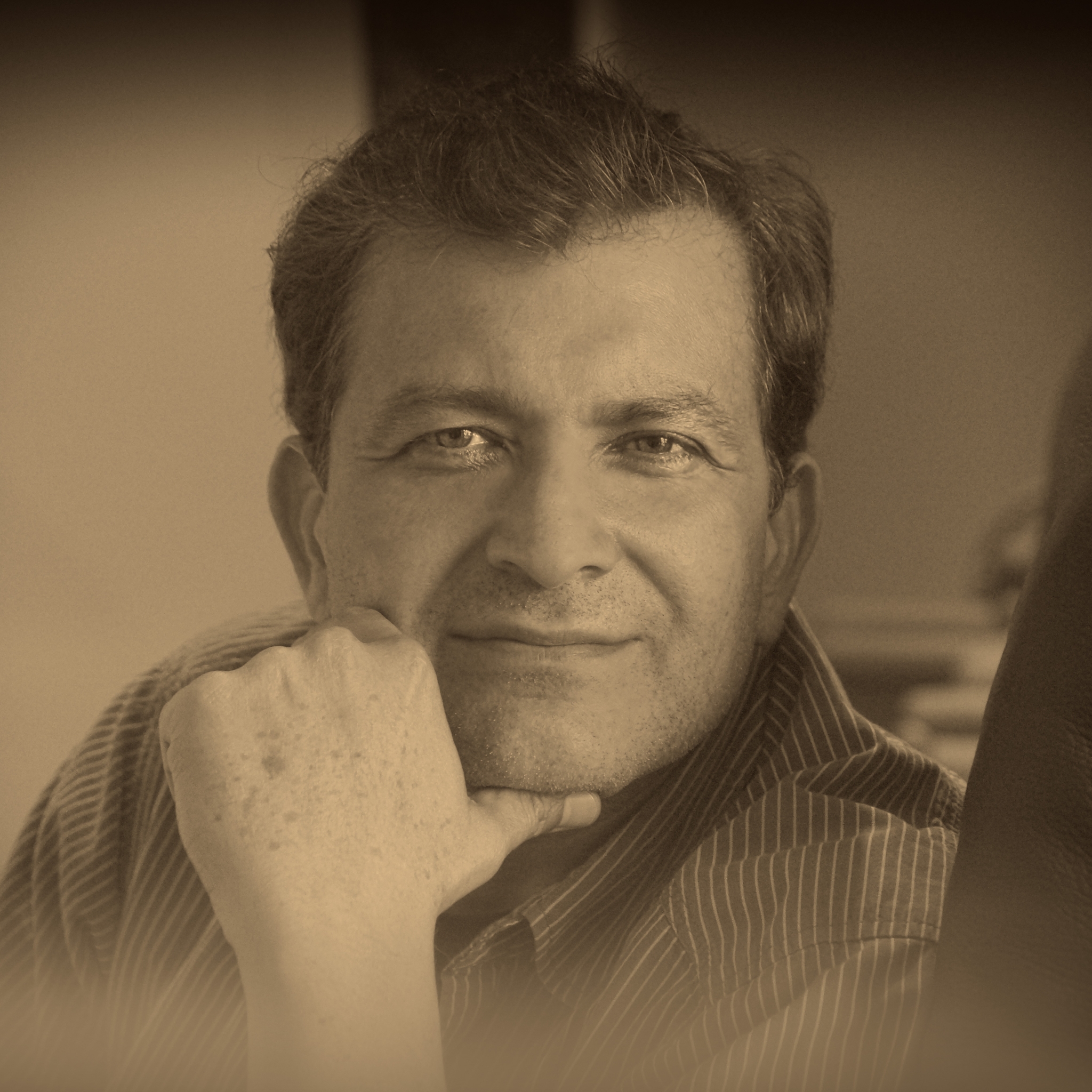
Sef Albertz: The White Sarabande (after Bach)
Orchestration: for piano
Duration: 5'
For Anna-Maria, the fragrance of every season!
Inspired by Bach’s Sixth Suite for solo cello, The White Sarabande adds a subtle Latin American touch to the beautiful baroque dance.
With its clear synaesthetic connotation in the title, the composition introduces the listener to a diverse emotional spectrum in which fluid boundaries between the sacred and the profane, joy and nostalgia, evoke a longing for life - a kind of „hopeful melancholy”.
The work is intended as a tribute - an exaltation - to femininity with its delicate lines but also with its intrinsic strength and inspirational power, which it can generate in the world. In Spanish the word ‘vida’ (life) is a feminine noun!
Recorded during the pandemic, this composition is now included in Maak & Albertz’s new album ‚In the Secret of the World’, which brings together a musical kaleidoscope of piano works reflecting a multifaceted and moving expression of new classical music. Alongside the influences of Bach, Beethoven and other musical creators, Ibero-American culture, pop and electronic music also find their place in this recording. Thus, the artistic-creative discourse is transformed into a cosmopolitan vision.
Premiered by pianist Anna-Maria Maak on January 24th, 2019 | art Kapella Schkeuditz.
Recorded on Anna-Maria Maak’s concept album ‘In the Secret of the World’

Laurent Bômont: Ouverture baroque
Orchestration: for trumpet, trumpet in C and ensemble (10+ players)
Duration: 3'
This piece was written for the opening of a wedding ceremony. It is written in the purest baroque style and is intended to be joyful and bright.
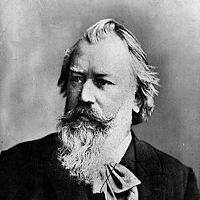
Johannes Brahms: Preludes, Intermezzi, Songs
Orchestration: for Ensemble (10+ players)
Duration: 30'
These are arrangements for string orchestra or string ensemble, 5-4-3-3-1. Any number of the pieces may be performed, the ensemble should feel free to chose which ones.
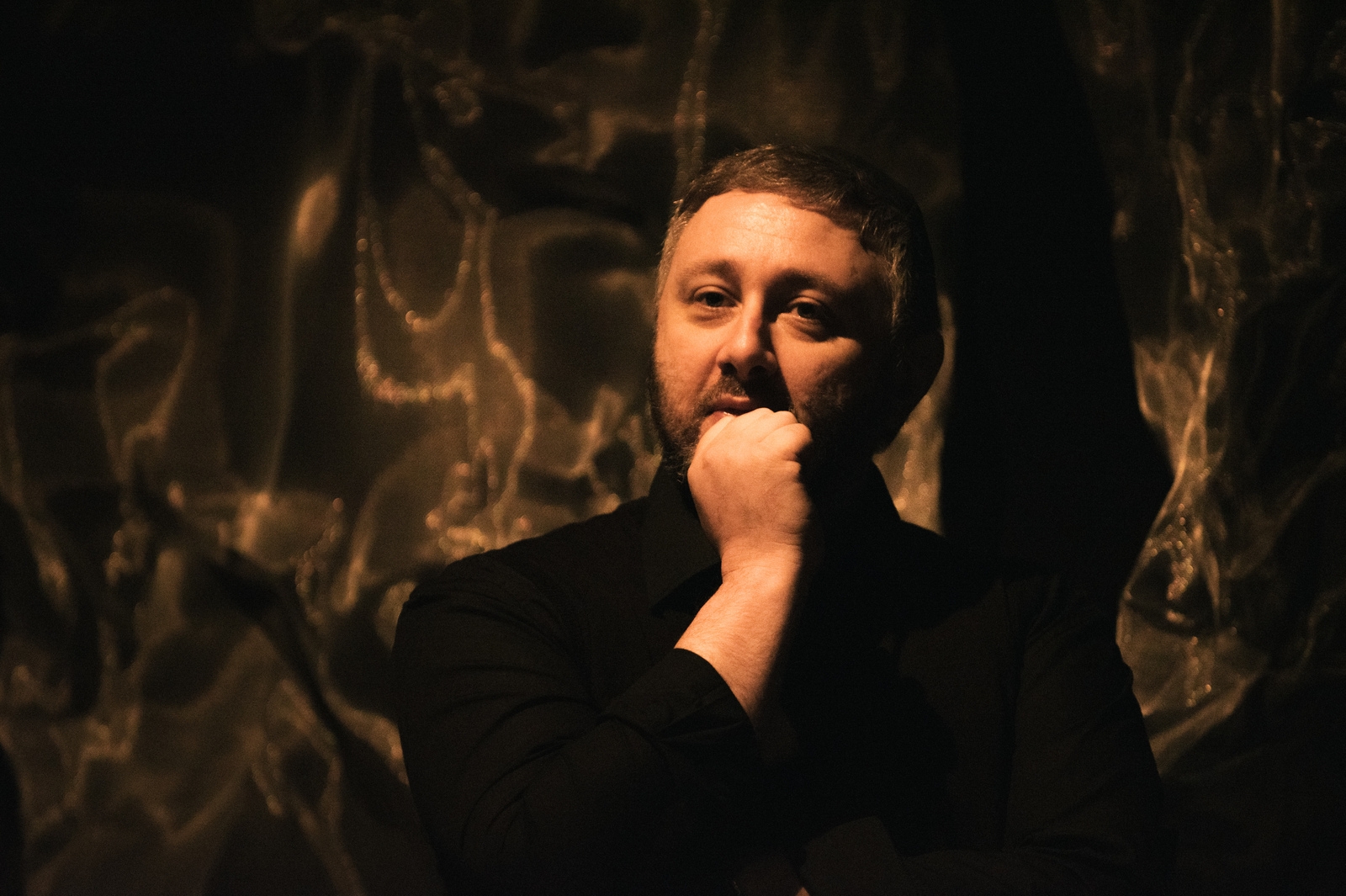
Uri Brener: “MAGIC CARPET” (2021) for Viola da Gamba and Harpsichord
Orchestration: for viola d'amore
Duration: 9'
A piece, commissioned by the the prominent viola da gamba player Myrna Herzog, Israel together with internationally acclaimed harpsichord player Mahan Esfahani, Iran/Czech Republic (Harpsichord). was premiered at the Felicia Blumenthal Festival 2022, Tel-Aviv. The piece is based on traditional Persian tunes. The particular instrumentation imparts specific sound color to the music, akin to that of Persian instruments, such as santur and tar.

Katarzyna Brochocka: The Young Wife / Młoda mężatka
Orchestration: for soprano
Duration: 60'
The Young Wife is an intimate and expressive story told by a freshly married woman trapped in a loveless marriage, who finally finds her happiness. The marriage had been arranged by her parents, who sent her off with a sizeable dowry. She didn't have a chance to get to know her husband at all before the wedding and now she slowly discovers all his drawbacks, including his barely-hidden dislike of her. The opera consists of the Overture and seventeen arias (diary entries) intertwined with sixteen piano interludes marking the passing of time. The soprano plays the role of the title heroine, as well as some other characters: Julian (her husband); Iza (or Lisa in the English version) - Julian's lover; Adam (Young Wife's true love). Opera is joyful and full of contrasts. The composition was first recognized in London (Opera up Close - competition) and awarded in Washington (2013 Capital Fringe Festival Award for the best opera & music theater). Its English version was performed in Washington, Baltimore, London, and Warsaw. The CD recording of the Polish version was published in 2020 by CD Accord Edition.
The libretto was adapted from the semi-autobiographical novel by Gabriela Zapolska (1857-1921) a Polish novelist, playwright, theater critic, and stage actress. Zapolska has received the most recognition for her sociosatirical comedies. Her stage plays have been translated into many foreign languages and performed at Polish and European theaters, as well as adapted for radio and film. The Memoirs of a Young Wife was the last published work by Zapolska.
Interludes from Katarzyna Brochocka's opera The Young Wife can be performed as a separate piano cycle.
Reviews:
Brochocka drew the libretto from Gabriela Zapolska's 1901 novella The Memoirs of a Young Wife, shaping it into a series of diary entries, sometimes gently amusing but often heartbreakingly sad, as the heroine recounts her infatuation with another man. The piano writing is dense, febrile, and often panic-stricken – a musical representation of the 20-year-old's increasing realization that she is in a loveless marriage.
Stephen Pritchard, Dido and Aeneas/Young Wife, "The Observer", 2014
Young Wife is impressive. It’s a continuous monologue from a woman disappointed with married life. A Madame Bovary-esque sense of disenchantment bristles through her arias – at times sharp and aggressive, at others soothing and contemplative. The opera feels more like a duet between voice and piano, with atmospheric interludes from the latter to show time passing. It feels relentless at times, and the hour drags, but it’s a good illustration of women’s incessant internal chatter. And what a pleasure to hear an opera that was specifically composed for this intimate environment.
Francesca Wickers, Review: Young Wife / Dido and Aeneas, OperaUpClose, FringeOpera.com
The vocal lines won’t win over haters of modern opera — lots of tonally ambiguous bits with shocking high leaps for effect. But screw me if they don’t occasionally rise above the workaday and work some emotional magic. Charlie Eccleshare, Dido and Aeneas/Young Wife/OperaUpClose, King’s Head – opera review, Evening Standard
Brochocka hopes the piece has relevance to a modern audience. Musically, at least, the composer has combined classical forms and dances with discordant modernism. Structured as an ongoing monologue, the music is more akin to a lengthy recitative than a traditional aria, the music changing with each new diary entry and change of mood from distracted pointillism to dreamlike reverie and excited melisma. As such, with few obvious melodic themes, the music flows like a stream of consciousness, albeit with lengthy transitions between each diary entry that represent the passing of time with relentless chromaticism.
Ed Nightingale: Young Wife / Dido & Aeneas - OperaUpClose @ The Kings Head Theatre, The Gizzle Review
The music (in a spiky style somewhere between Scriabin and Stravinsky) switches from comedy to tragedy in a gulp, the vocal writing is assured and there are some atmospheric interludes.
Warwick Thompson, Young Wife/Dido & Aeneas at King’s Head Theatre, Metro
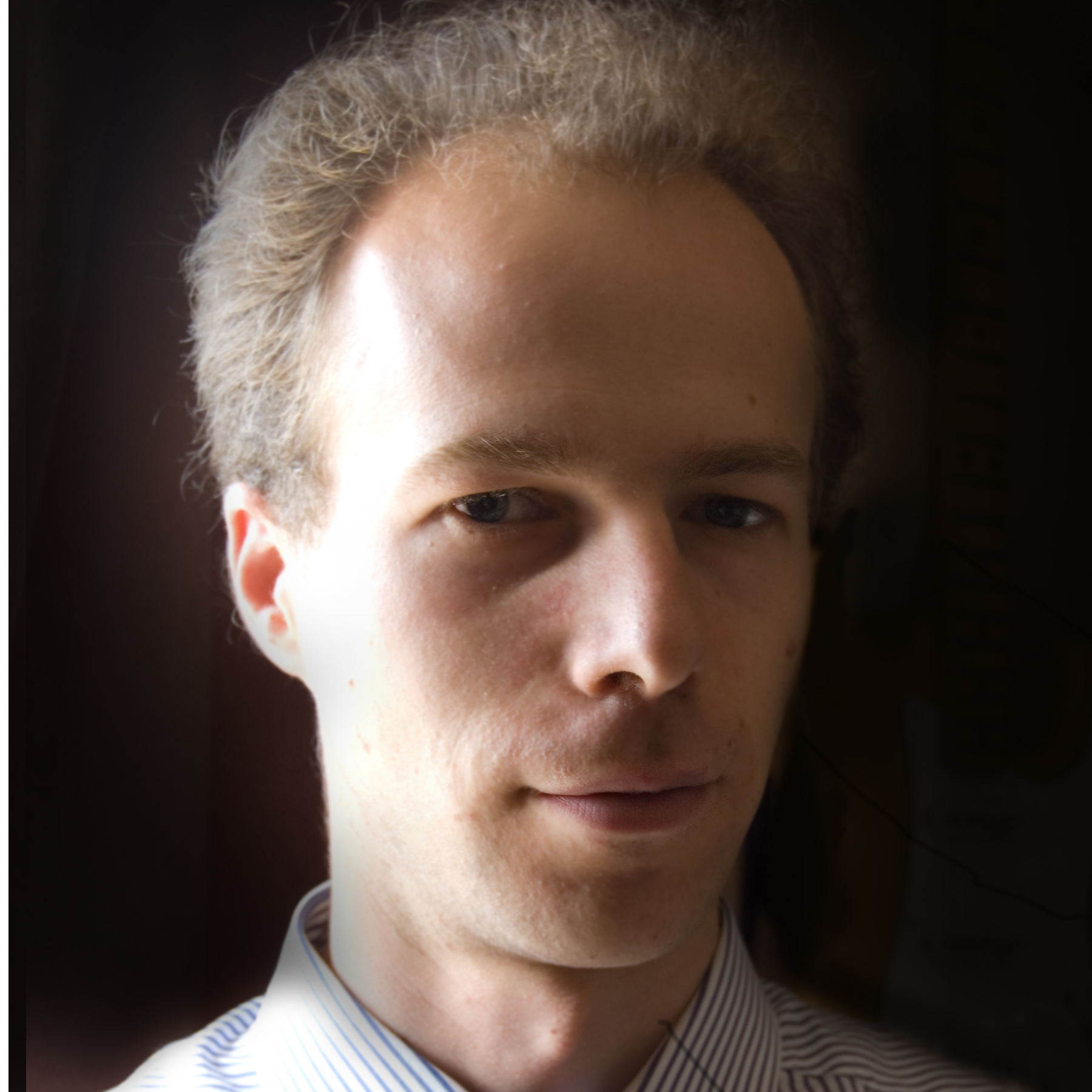
Matthew Brown: Pastiche on a theme of God Rest Ye Merry, Gentlemen!
Orchestration: for 2× violin
Duration: 4'
Pastiche on a theme of God Rest Ye Merry, Gentlemen in the style of Bach
Music by Matthew Brown
Performed by Lucia D'Avanzo-Lewis
Part of the EcoNotes Advent Calendar, December 2020

Veronica Johnson: The Christmas Tree
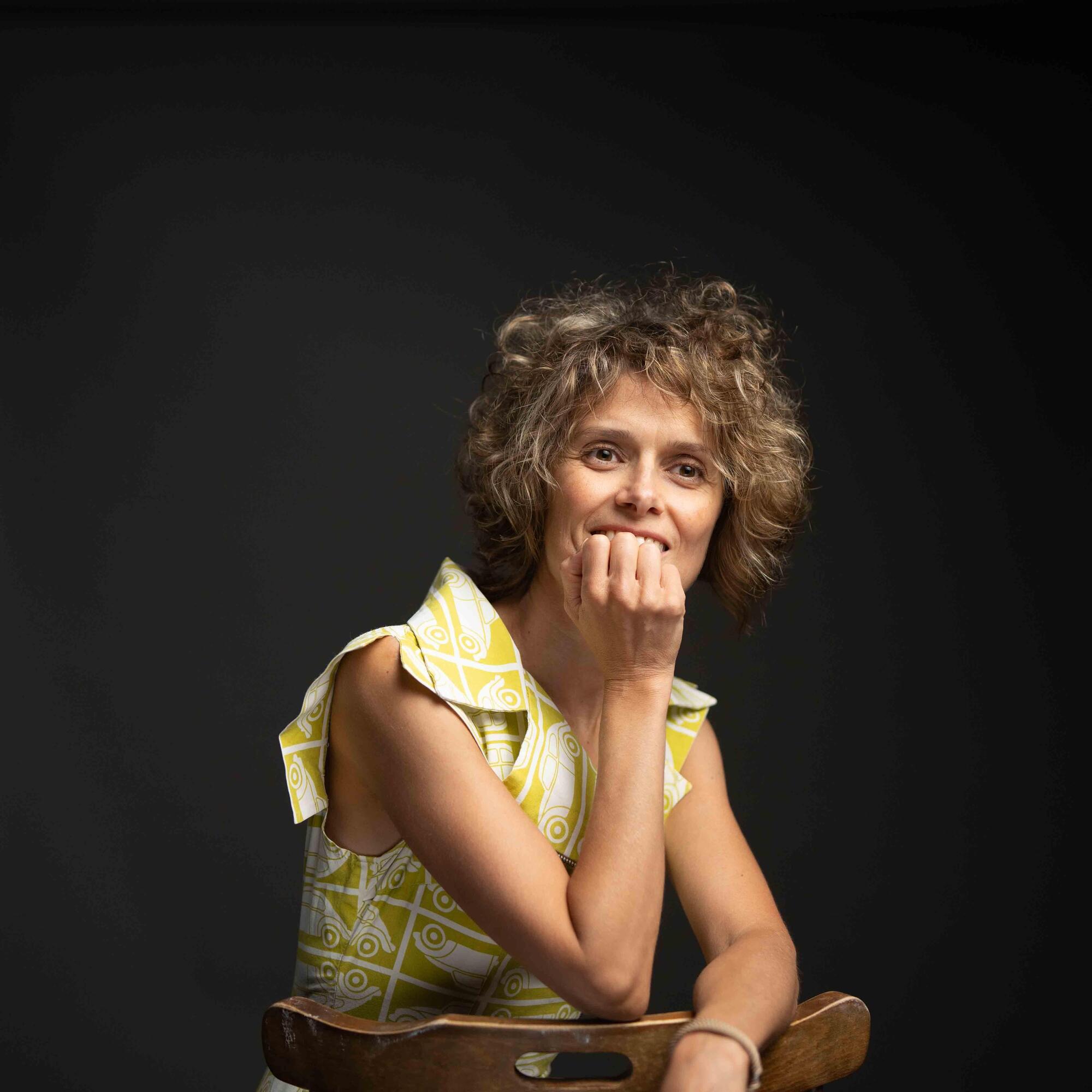
Maria Delivicheva: Children's Christmas Song
Orchestration: for violin I, violin II, violoncello, piano and bells
Duration: 2'
An original tune for ensemble. Suitable for young musicians and school bands. Easy level, moody character.
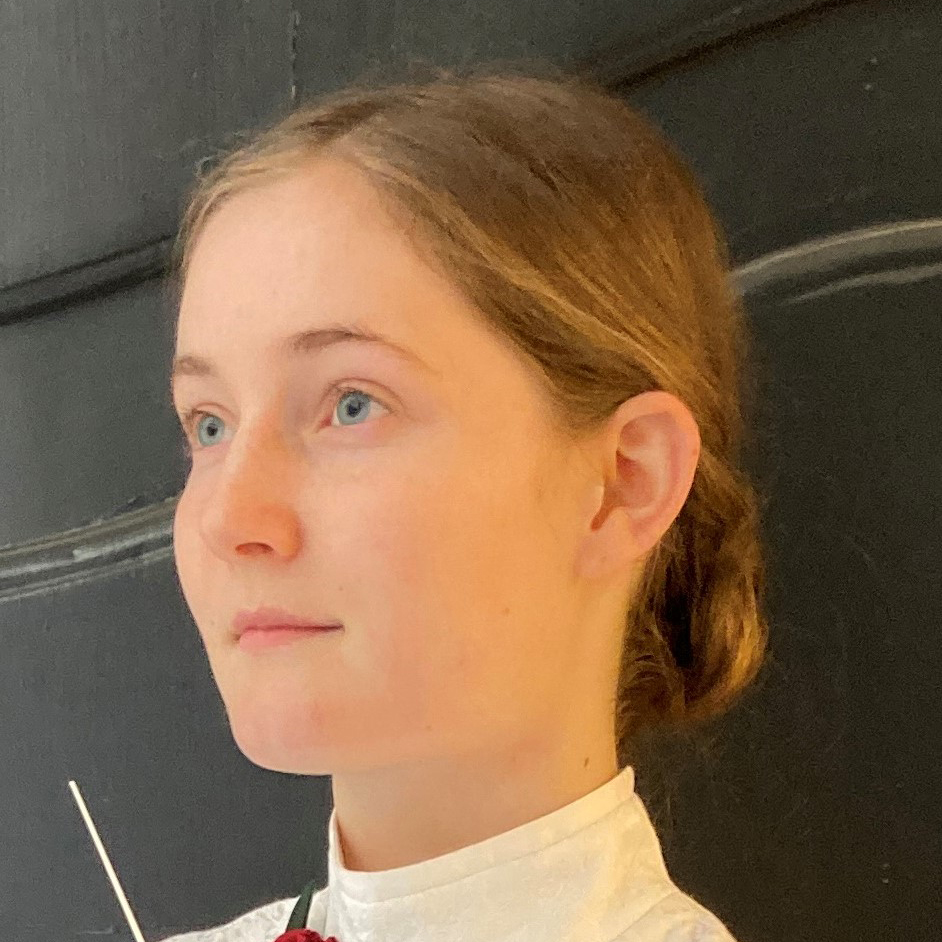
Alma Deutscher: Eight songs and arias
Orchestration: for high voice, medium voice and low voice
Duration: 30'
Eight songs and arias (for piano and voice). In versinos for high, medium, and low voice.
Two Lieder
Fichtenbaum und Palme
Nähe des Geliebten
Four arias from the opera Cinderella
Up in the Sky (shorter version)
Up in the Sky (operatic version)
The Star of Hope
Down by the Brook
When the Day Falls into Darkness
Two Christmas Songs
I heard the Bells on Christmas Day
‘Twas the Night Before Christmas

Diverse: Christmas Jazz
Orchestration: for trumpet (or clarinet or tenor saxophone) and piano
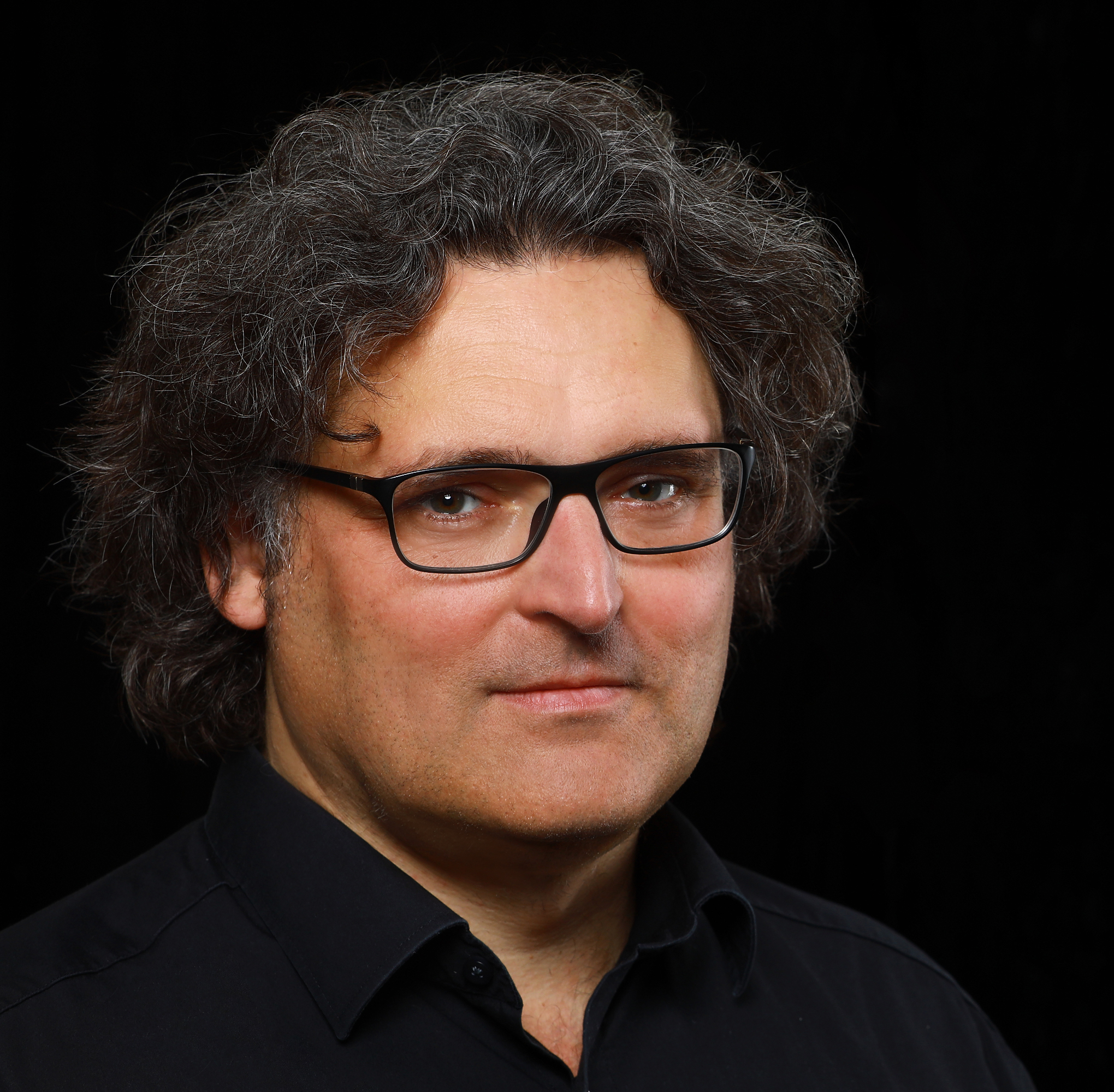
Max Doehlemann: The Eight Chanukah Candles
Orchestration: for piano
Duration: 18'
The Eight Chanukah Candles For a successful Chanukah celebration one requires not just Latkes ('Kartoffelpuffer', fried potato pancakes), Sufganiot (fried doughnuts) or the traditional games of dice, for above all it is the old stories and their new interpretations which mark this 8-day Jewish festival. So one recalls the re-dedication of the Second Jewish Temple in Jerusalem in the Jewish year 3597 (164 BCE) following the successful Maccabean revolt against the Hellenised Jews and the Seleucids, as it is described in the First Book of Maccabees, by Flavius Josephus and in the Talmud. The Jews had taken refuge in the recaptured Temple and miraculously a single jar of oil sufficed to keep the ritual lamp in the Temple burning for the full eight days – a Miracle and Light – both these are therefore central themes of this festival. On each day of the Chanukah festival a new candle is lit on the evening before.
At the end of 2021 Max Doehlemann, inspired by his acquaintanceship with the Berlin pianist Markus Syperek, composed 'The Eight Chanukah Candles' as a musical contribution to the Chanukah celebrations. Each of these 'musical candles' retells its own Chanukah-related story through music. The pieces are humorous but show also deeper reflective and more expressive sides.
The 'Chanukah Candles' comprise: Candle No. 1. 'Tin Soldiers'. - This was written after the composer had seen some old Jewish tin soldiers in a museum, representing the Maccabees. Chanukah concerns the fight of the Hebrews against the Greeks for self-determination and so includes military themes of 2,000 years ago. Tin soldiers as a form of toy played with by children combine the two concepts of commemoration of a military victory and a festival for children.
Candle No. 2. 'From Ancient Times'. - The title is self-explanatory. The Lydian melodic line also represents a Hellenistic perspective, for the Maccabee saga was actually (and ironically) originally written and transmitted in Greek and only later translated retroactively into Hebrew.
Candle No. 3. 'Nissim'. (Hebrew for 'Miracles') - One of the central themes of Chanukah is that of Miracles. The composition attempts to reflect these rather astounding miraculous events in a mildly humorous tongue-in-cheek manner.
Candle No. 4. 'Matityahu Chases Enemies Away' - The mounted leader of the Maccabbees leads his men into a battle and the enemies flee as quickly as they can.
Candle No. 5. 'Sevivon' – Hebrew for a Spinning Top. Traditionally on Chanukah one plays children's games involving a spinning top. Here in the music one hears in the shaded light the top dancing.
Candle No. 6. 'Ottoman Latkes' - In this piece the composer creates a Jewish-Oriental mood. This type of Sephardic melody originates in the Ottoman region, hence the jokey title 'Ottoman Latkes' (these being the traditional potato pancakes which are enthusiastically consumed at Chanukah.)
Candle No. 7. 'Thoughtful in the Lights of Chanukah' - This piece is rather reflective; In the glow of the Chanukah lights one can muse upon a wide variety of thoughts, some of them deeply serious.
Candle No. 8. 'Maccabee Charleston'. A short victory dance of the victorious Maccabeans forms the witty conclusion.
The entire Cycle would last around 18 minutes if played together as a performance. In terms of the degrees of difficulty it is intended mainly for professional pianists but is perhaps also suitable for advanced piano students. The Cycle is dedicated to Markus Syperek.
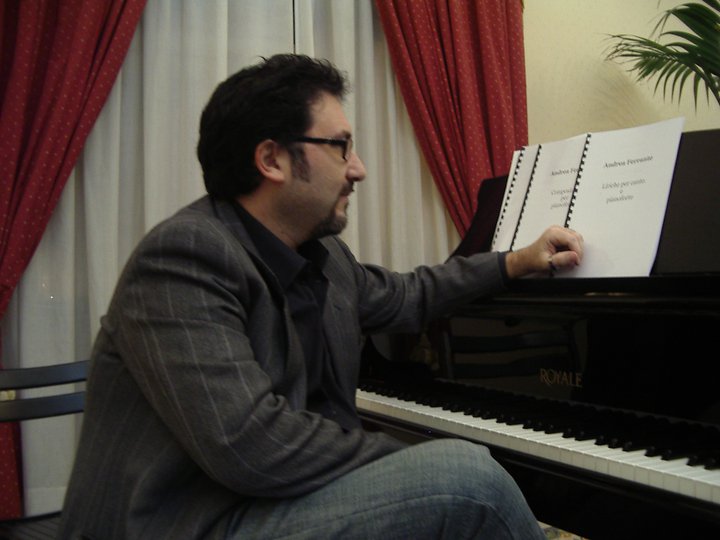
Andrea Ferrante: LAUDATE DOMINUM
Orchestration: for children's choir
Duration: 4'
for children choir and piano
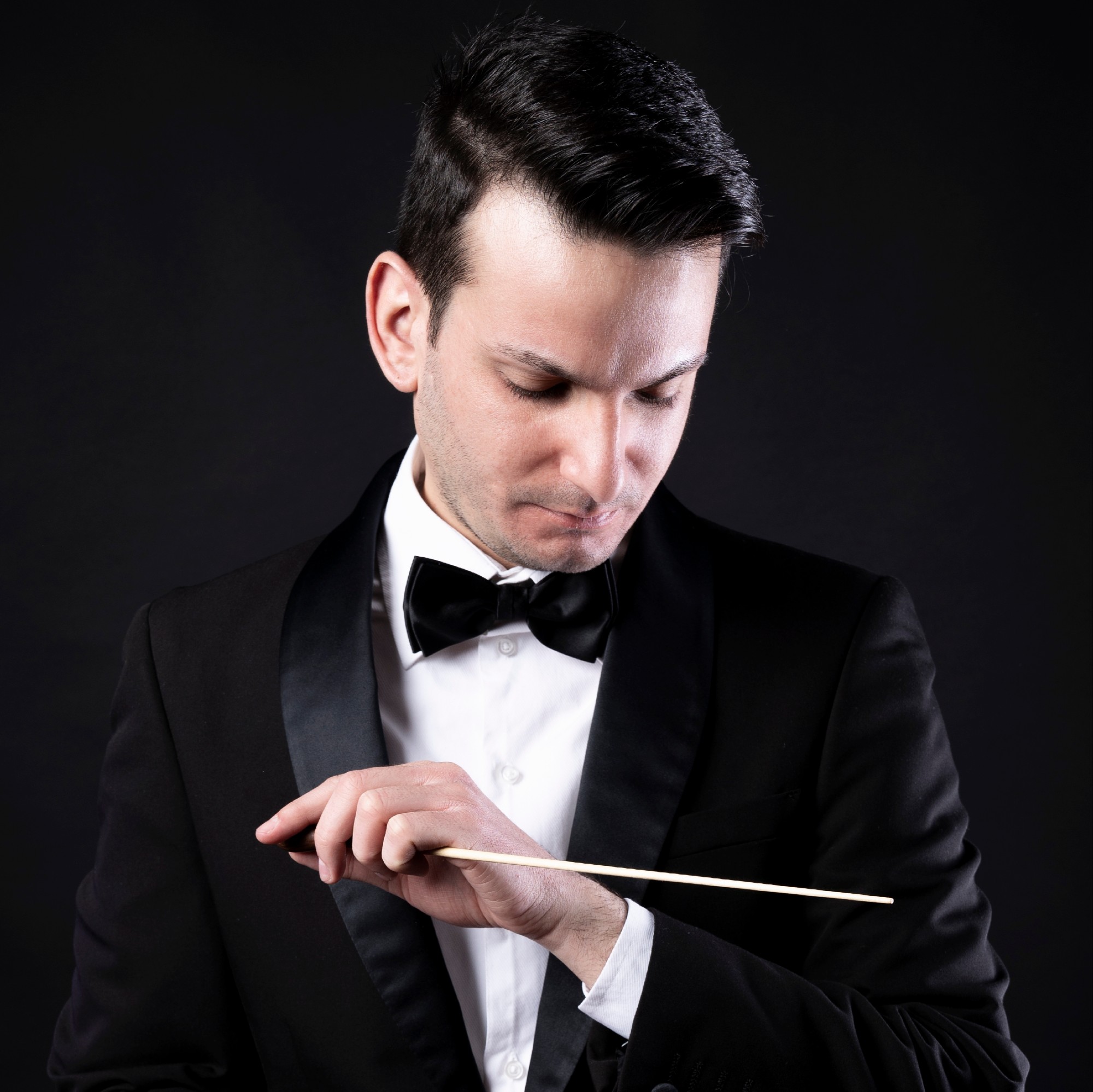
Francesco Fortunato: Imagine
Orchestration: for Orchestra
Duration: 13'
Composition focused on the theme of hope. A composition of great emotional effect.

Paolo Geminiani: Osservare tra frondi...
Orchestration: for flute and electric piano
Duration: 9'
The title and the character of the piece was suggested by the poem by Eugenio Montale Meriggiare pallido assorto (Ossi di seppia 1925): "Observe among fronds..."
The piece consists of three parts: 1. Sweety expressive
2. Freely, improvising
3. Like a suspended time
the second of which has a random-improvisational character, determined heights are indicated only in certain points, mainly revolving around to the Bb and A pitchs, central polarity of the whole composition, while in other cases it is defined only the overall instrumental gesture, the character of the durations and the direction of the register path.
The overall duration of the individual parts marked in the score (a, a ', b, c) is only indicative.
As regards the last part, the free intervention of the flute in the sections is foreseen marked as A and B, within which the performer can elaborate their own intervention starting from the two hextonal scales:
A B reb Eb fa G and B Do D D E mi # G #, since much of the harmony
of the piece is constructed in this sense.
Alternatively or alternation it is possible to perform sounds at an indeterminate height, puffs, trills and tremolos, pedaling....
Regarding the piano timbre, we recommend:
Part 1 "Sweety expressive":
Tone based on the classic sound of the electric piano, heavily reverberated, with a soft attack of the sound
Part 2 "Freely, improvising":
Lighter tone, “harpsichord”, with a sharp and very pronounced attack
Part 3 "Like a suspended time": Classical piano stamp
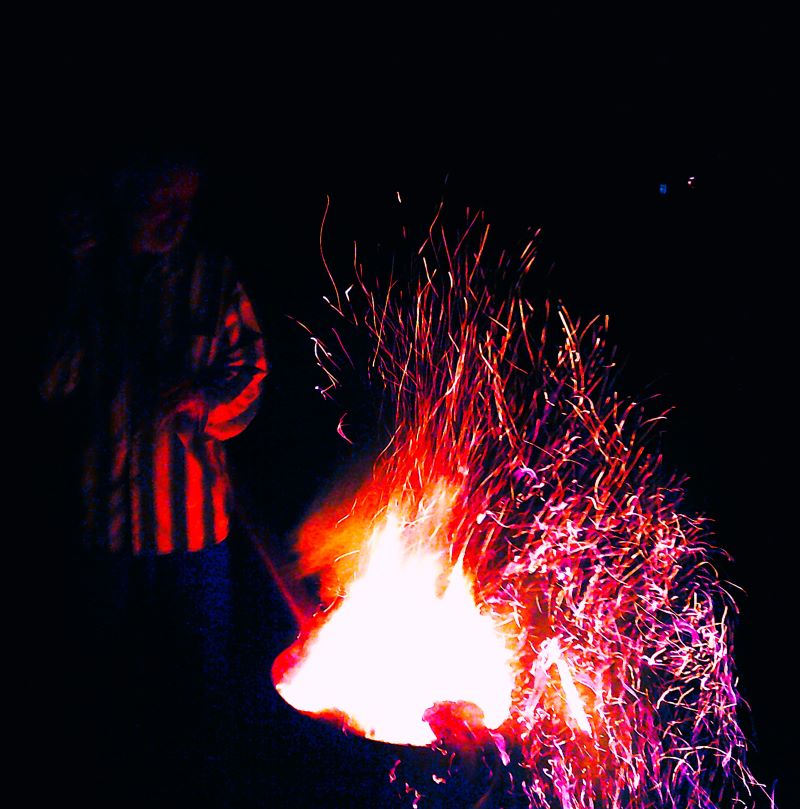
Michael John Gerard Higgins: A Ballad for Christmas
Orchestration: for mixed choir
Duration: 6'
This is my setting of the poem of the same name by Walter de la Mere.
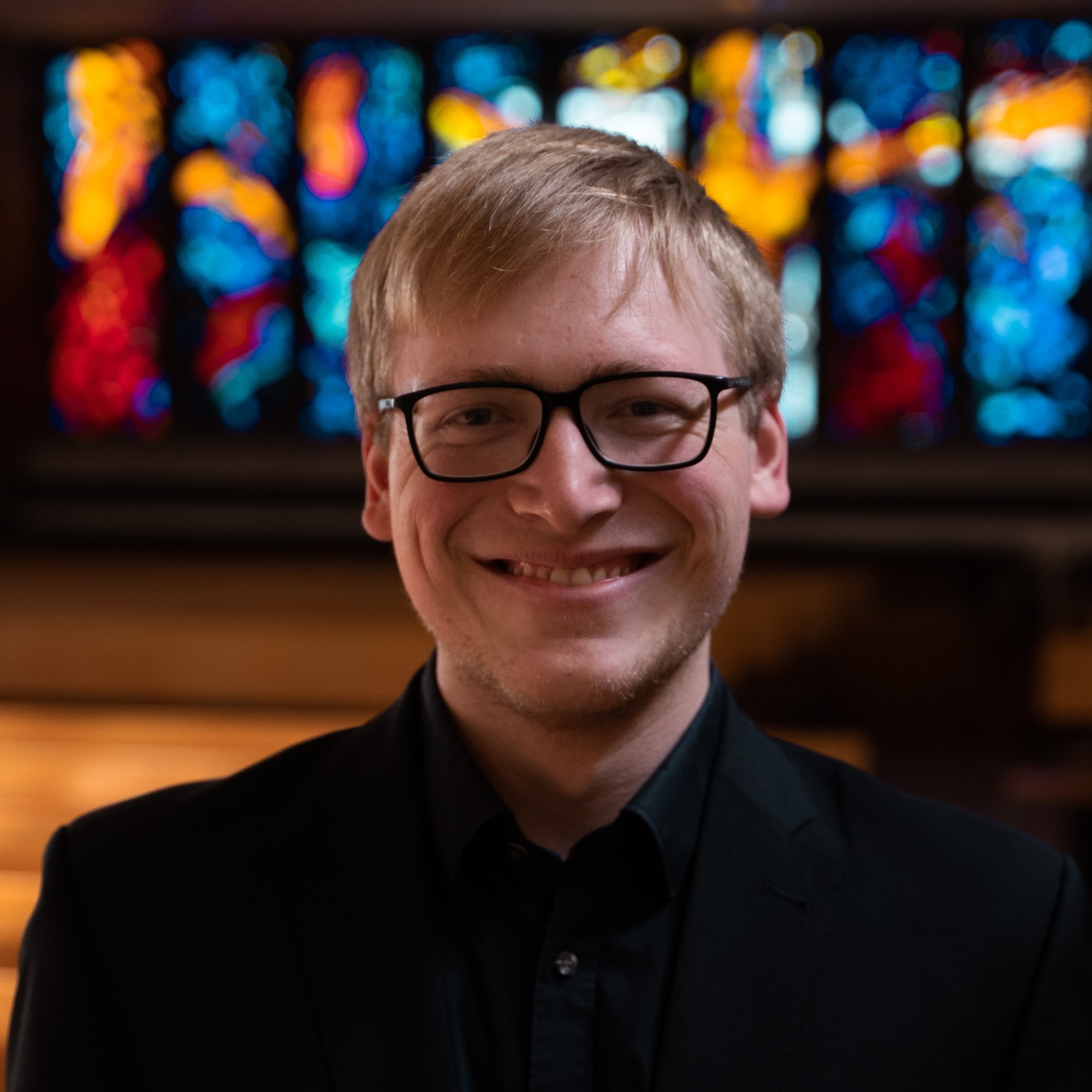
Martin Höhler: Carol of the Bells
Orchestration: for male choir
Duration: 3'
The famous ukrainian folksong and christmas classic is presented here as an exciting arrangement for male choir (TTBB).
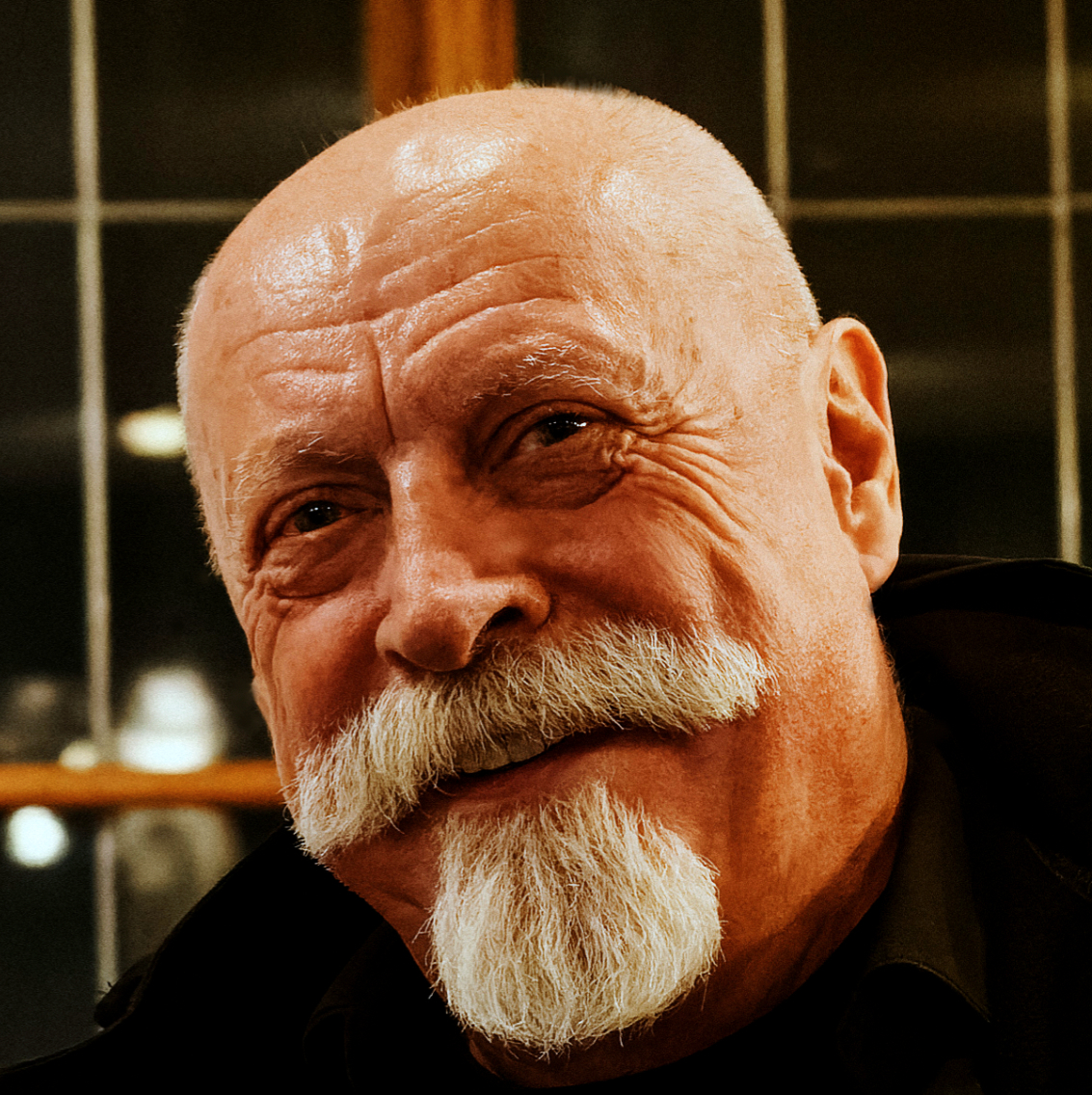
Jan Holý: Leporelo
Orchestration: for violin, trumpet in Bb, tuba and piano
Duration: 11'
The music for this funny quartet is inspired, on the one hand, by the cheerful and playful mood of Christmas carols, but on the other hand, by the clear and quiet beauty of Christmas songs.

Lester Hough: Cherish the Child
Orchestration: for mixed choir and organ
Duration: 3'
Cherish the Child is a short, attractive carol that is appropriate in church or in the concert hall as part of a larger programme of similar works.
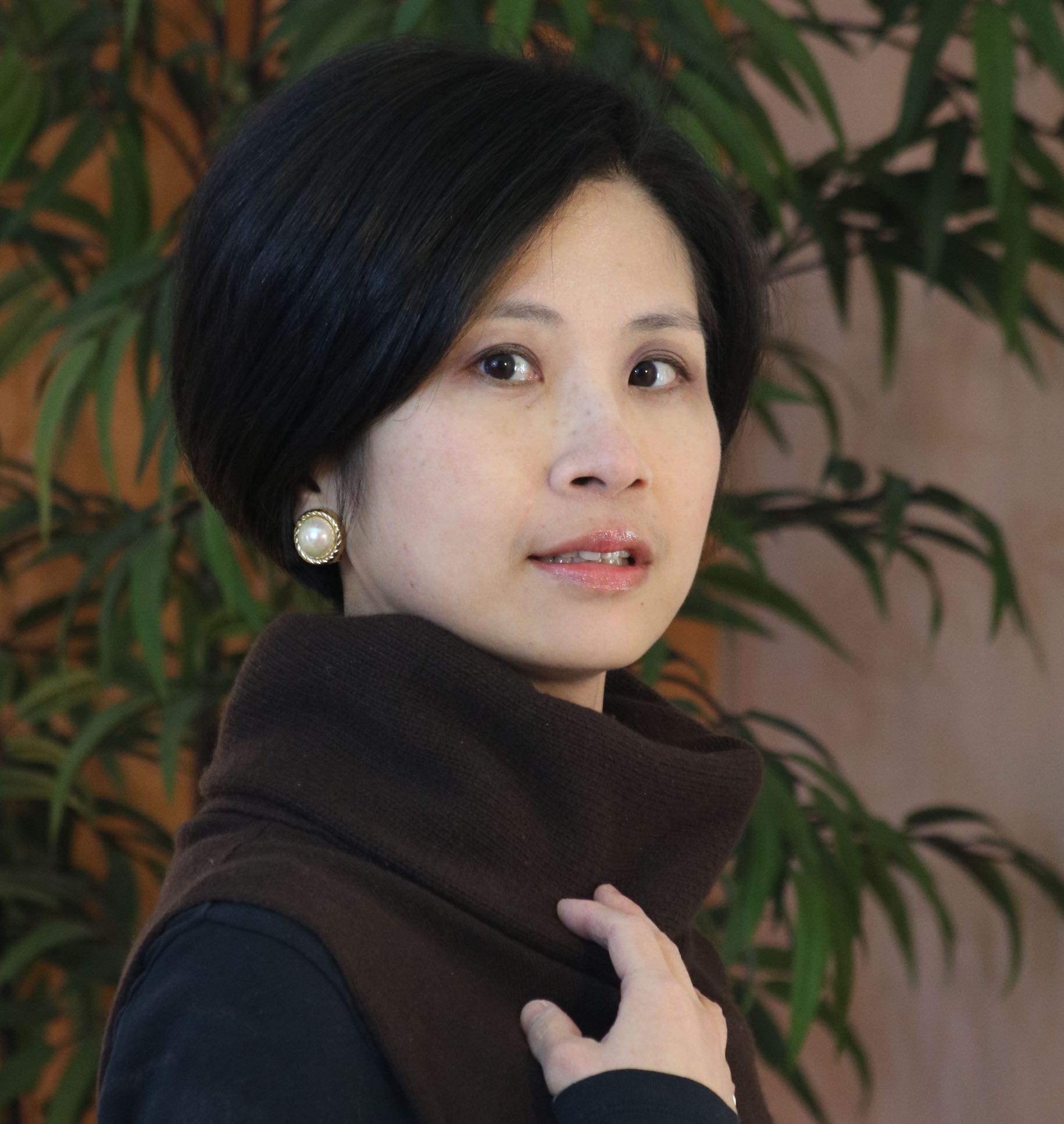
Ssu-Yu Huang: Vivid Formosa
Orchestration: for violin I, violin II, viola and violoncello
Duration: 8'
This string quartet piece was inspired by the beautiful mountains of Taiwan. The three sections of the music describe the Jade Mountain, the Seven Star Mountain, and the Ali Mountain, respectively. The first section presents various voices rhythmically syncopated into stacked layers, like the emerging of a prominent monument from surrounding mountains. The second section uses a fine-grained rhythmic structure. Plucking melodies are scattered in all parts contrasted by sustaining overtones, expressing an intricate landscape of volcanic terrains and hot springs. The third section depicts the natural wonders including the sea of clouds, the sunrise, the sunset, and the magnificent trees of the Ali Mountain. An intertwined structure is woven through convoluted layers. Yet its regularity can be heard, just like the fascinating sounds of winding streams through weathered rock formations.
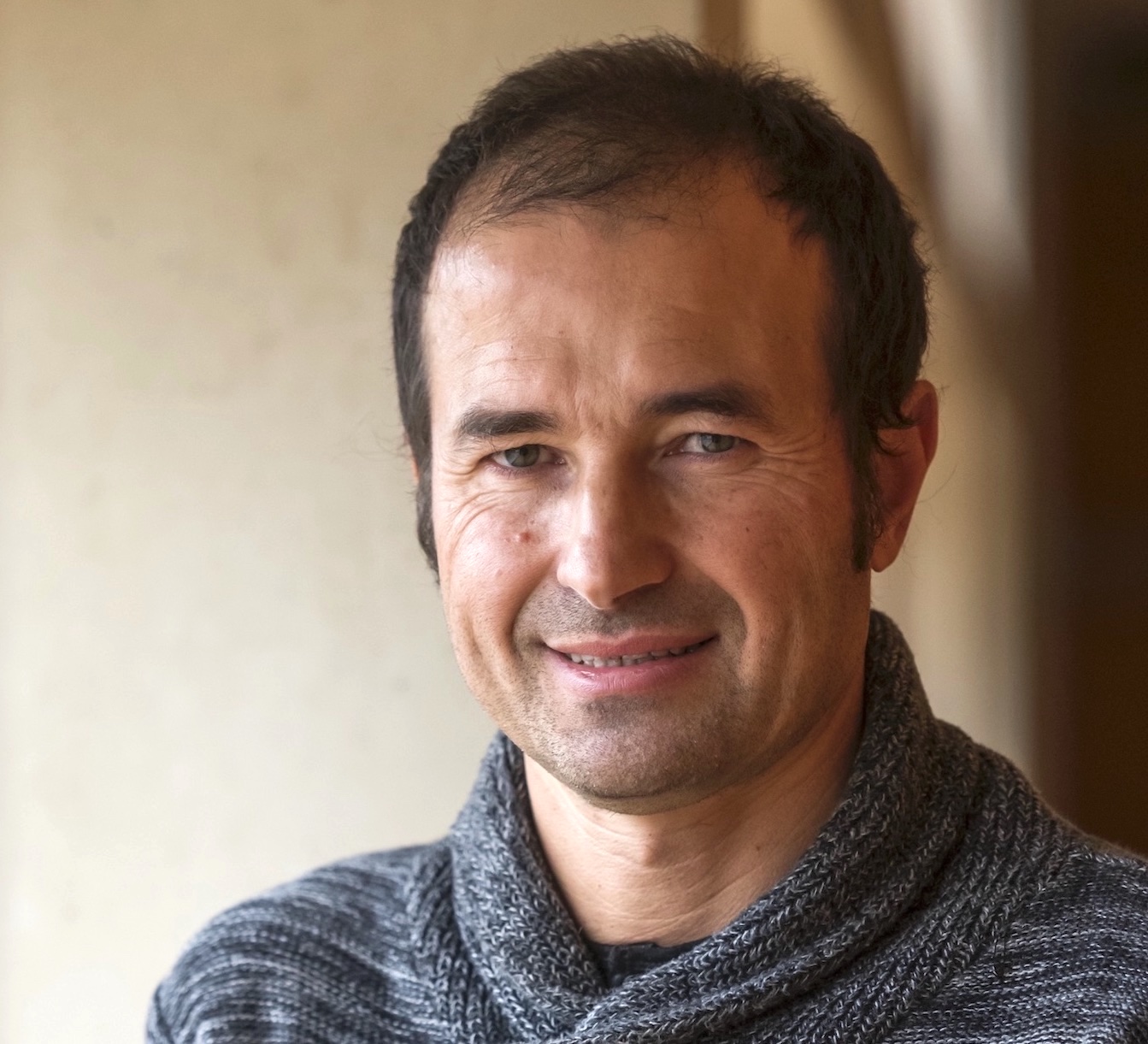
Ramon Humet: Tanca els ulls
Orchestration: for female choir
Duration: 6'
Tanca els ulls (Close Your Eyes) is the first movement of the choral work Llum (Light). This work has been recorded by the Latvian Radio Choir conducted by Sigvards Klava and released on an award-winning CD produced by Ondine Records.
Tanca els ulls (Close Your Eyes) is the first movement of Llum (Light), an invitation to take a journey inward, to travel to the immense space which is, precisely, what makes us human, to that silent place which exists within us, to the deep wellspring that is the birthplace of everything, to the bright sapling of Peace; to the infinite, which announces the Mystery; to the gift of Life, Peace and Love. The text was written by Vicenç Santamaria, a monk from the monastery of Montserrat.
Tanca els ulls (Close Your Eyes) is a lullaby which invites us to set out, confident and grateful, on an inner journey. The serene melody, sung by the solo soprano, builds from a single note and interacts with the progressive changes in the harmonic fields of the choir - a variant of klangfarbenmelodie - while expressing the different moods and reactions experienced along the path of withdrawal and introspection.
Tanca els ulls (Close Your Eyes) is dedicated to Mabel Pérez, with deep gratitude.
Ramon Humet

Hyung-ki Joo: Songs of Christmas Past
Orchestration: for violin and piano
Duration: 9'
Whether you celebrate Christmas or not, the music that was created and inspired by Christmas has a distinctive feeling to it, invoking feelings of joy, nostalgia, serenity, and magic.
This fantasy medley for violin and piano of Christmas and seasonal music includes over twenty different songs and pieces:
12 Days Of Christmas, Away In A Manger, Bach’s Christmas Oratorio, Debussy’s The Snow Is Dancing, Deck The Hall, Ding Dong Merrily On High, God Rest You Merry Gentlemen, Handel’s Messiah, Hark The Herald Angels Sing, Il Est Né Le Divin Enfant, Jingle Bells, Joy To The World, Little Town Of Bethlehem, Lulaj?e Jezuniu, O Tannenbaum, Silent Night (Stille Nacht), Tchaikovsky’s The Nutcracker, The First Noël, We Wish You A Merry Christmas, While Shepherds Watched, O Come All Ye Faithful
...with many other musical surprises and a partridge in a pear tree!

Sonja Kitaev: Merry Christmas Chapter 1
Orchestration: for piano
Duration: 1'
well known Christmas songs for beginners

Klaus Kogler: A Winter Song
Orchestration: for 2 guitars
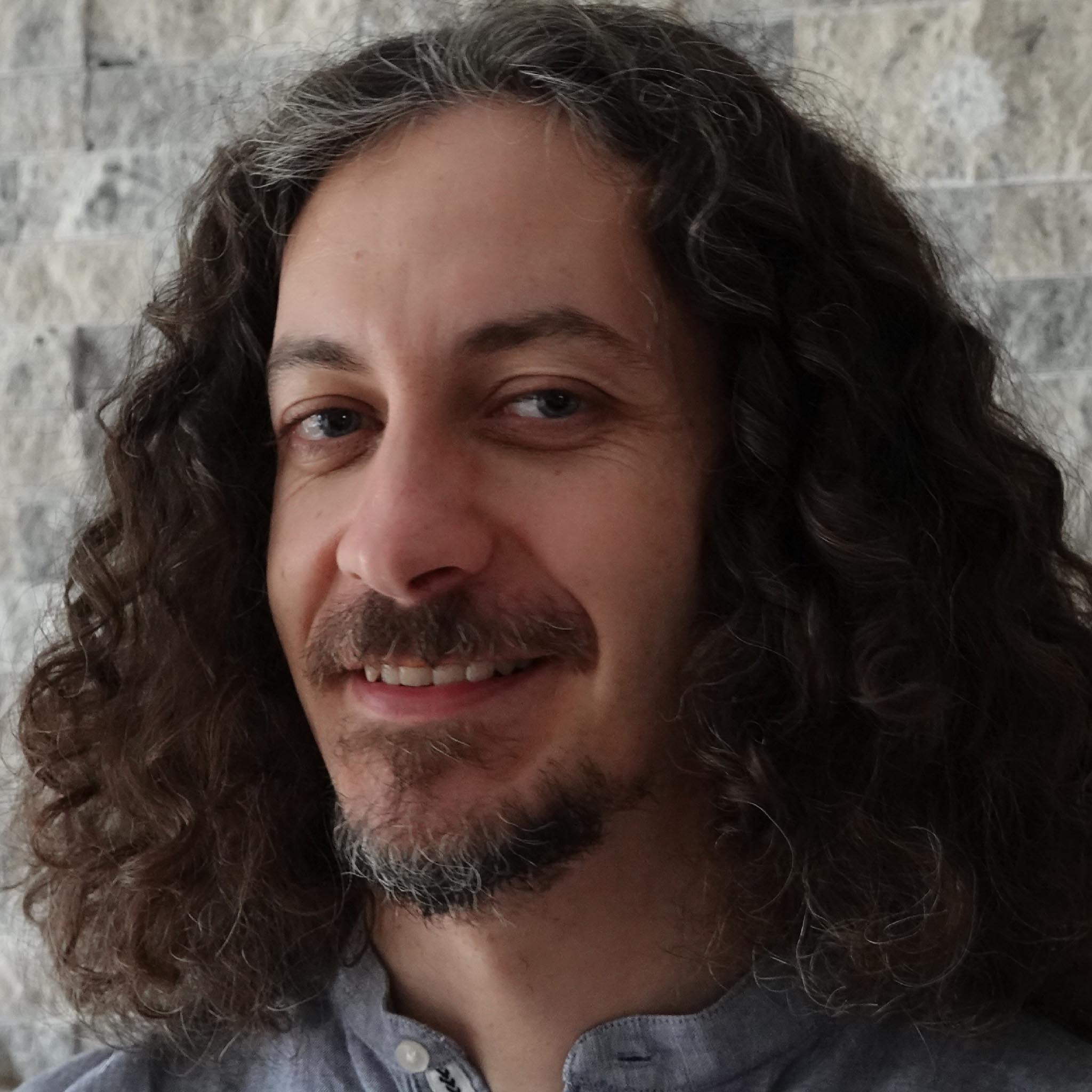
Gabriel Malancioiu: Anu' asta mai vine Mos Craciun?
Orchestration: for violin, violoncello, flute, clarinet in Bb and piano
Duration: 2'
A musical joke, written in a pandemic year, related to the uncertainty of Santa's coming. At the end of the work is included a short fragment of a famous Romanian carol: Domn, Domn, sa-naltam.
Anu’ asta mai vine Mos Craciun? (trans. Is Santa Claus coming this year?) was recorded in the winter of 2020 in the conditions of social distancing by the ATEM Ensemble.
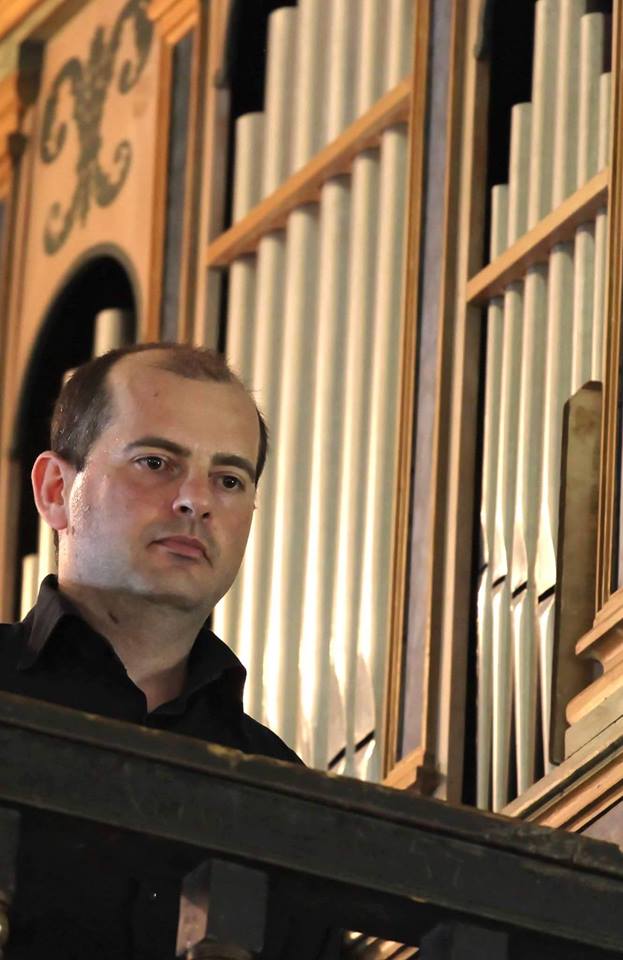
Fabrizio Marchionni: Tzelesti Tesoru
Orchestration: for mixed choir and organ
Duration: 8'
The delicate traditional Christmas Carol of Sardinia, proposed in an arrangement for mixed choir for 4 voices with organ accompaniment. The resulting harmonic and polyphonic is obtained with the constant decrease of the rhythmic values and with the superimposition, ever closer in time, of the main theme between the different voices.
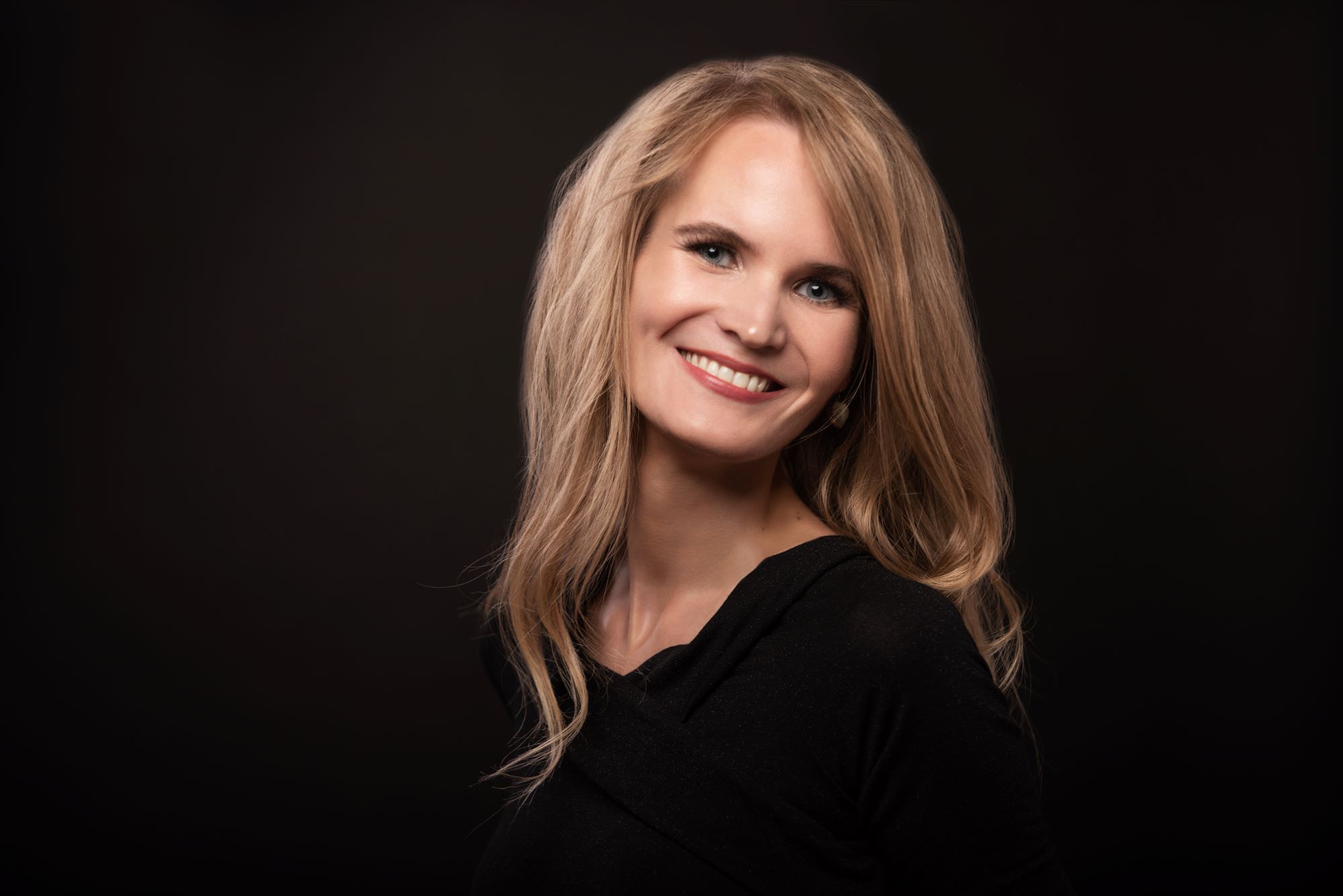
Barbara Mayer: For seconds in star dreams
Orchestration: for piano and guitar
Duration: 2'
Commentary on the star-shaped work "For seconds in star dreams" for guitar and piano (2022).
3rd movement of the Cycle Throw your fear into the air. Seven fantasia sparks for guitar/guitar and piano on a poem by Rose Ausländer (2021/22)
(Commissioned composition by guitarist Stefan Barcsay, sponsored by the Culture Department of the Town of Augsburg)
The special feature of this movement: It represents a "musical game" written in the shape of a star, in which the respective rhythms form the spikes of the star. Their sequence is determined by the performers` ad libbing (according to the specific game rules).
Who would have thought in the autumn of 2021 – when I received this commission – that the important message communicated by Rose Ausländer in her poem, “Carpe Diem”, would turn out to be doubly topical at the time of its first performance due to the dramatic turn of events in Ukraine?
That’s the reason why my work is prefaced by the special line “Throw your fear into the air” as its motto and title. In order to give the best possible compositional form to the profundity of the original poem so full of meaning, my cycle consists of 7 fantasia sparks, short sound patterns that musically characterise powerful themes or excerpts from the poem in a creative, multi-layered fashion.
The number 7 was deliberately chosen here as it symbolises wholeness and perfection in the mysticism of Christian and Jewish traditions which also played a certain part in Ausländer’s life. The systematic inclusion of number symbolism is intended to lend an overarching meaning to round off and encapsulate the work.
There are therefore three “symbolic pieces” to be found in this cycle – inspired by Macrocosmos by the recently deceased composer George Crumb – No. 3 For seconds in star dreams, No. 6 Heavenly crowns and No. 7 Lux Aeterna. These movements written in the form of a star, crown or candle reveal their relevance to the title of each piece both in terms of the pattern of the notes and the sound.
Based on the 8th line of the poem (“soon your dreams will fall”), the 3rd movement, For seconds in star dreams – intermezzo miniature for guitar and piano represents a symbolic piece written in the shape of a star. The respective rhythms form the spikes of the star, and their sequence is determined by the musicians’ ad libbing. This interpretational freedom is intended to give a glimpse of the infinite possibilities in the world of dreams in which the boundaries between what is possible and the other side, the world behind the comprehensible and tangible to which Rose Ausländer refers here, become blurred.
To this end, two numbers shape this piece both in terms of the sound and the symbolism:
- the number 3 which in a figurative sense is seen as a symbol of completeness or the divine trinity and points to the position of the piece as the 3rd movement in the cycle;
- the number 2 which stands for the cosmic duality (heaven and earth), i.e. the relationship between two complementary variables.
This context is intended to underpin the connection just outlined between dreams and reality in the movement on a higher level of significance. From a compositional point of view, this context is expressed in the exclusive use of motifs and intervals by the second on the basis of which a resonant backdrop of sound is created with occasional, piercing effects in the dialogue between guitar and piano.
Complete Cycle:
"Throw your fear into the air. Seven fantasia sparks for guitar/guitar and piano on a poem by Rose Ausländer" (2021/22)
1. In nowhere for guitar and piano
2. The coy premonition ofthe thrush for guitar solo
3. For seconds in star dreams - Intermezzo miniature for guitar and piano
4. Time and Life for guitar solo
5. Gifted words - faces ofa conversation for piano solo
6. Heavenly crowns - Intermezzo miniature for guitar solo
7. Lux aeterna for guitar and piano

Scott Michal: CandleGlow
Orchestration: for Orchestra
Duration: 7'
The familiar carol, "Silent Night" was writen by Franz Gruber after a Christmas Eve storm left the church without electricity to power the lights and organ. Lit only with candelight, Herr Gruber led the congregation in singing accompanied only by guitar.
CandleGlow has been compared to the petals of a flower slowly opening, gradually reassembling the deconstructed and fragmented pieces of "Silent Night" until finally the carol is revealed. Colorful use of pitched percussion over shimmering chords paint a sonic portrait of flickering candlelight, reflecting off of the faces of children and families as they gather for a candelight service.
CandleGlow was commissioned by the Ohio Valley Symphony and was first
performed in December of 1998.
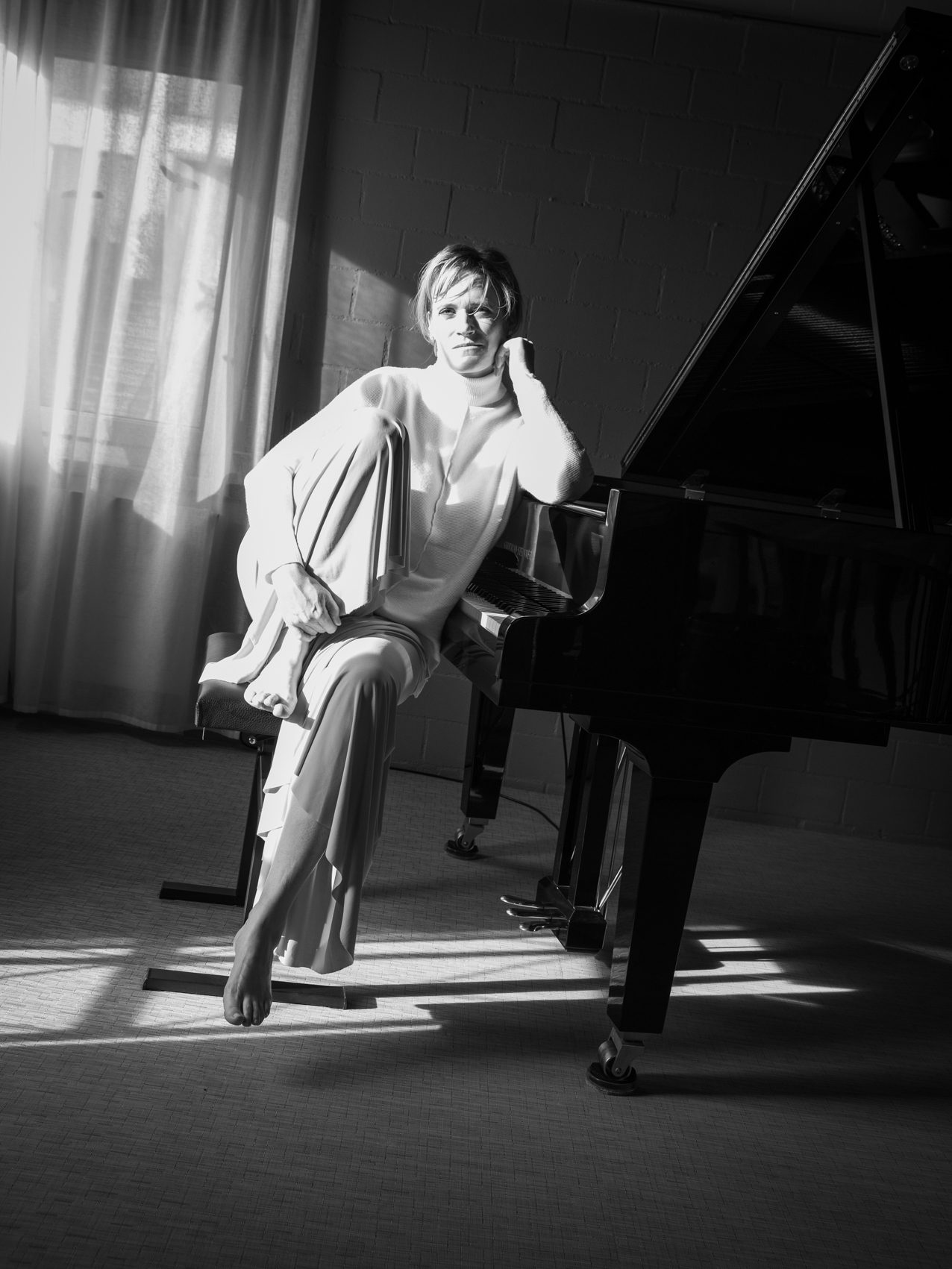
Katharina Nohl: O Tannenbaum Jazz
Orchestration: for piano
Duration: 3'
This is a jazzy arrangement over a very traditional German X mas song.
It is for one piano solo player with a bit of an triangle extra. It's fun and gives it a bit of an additional X mas feel.
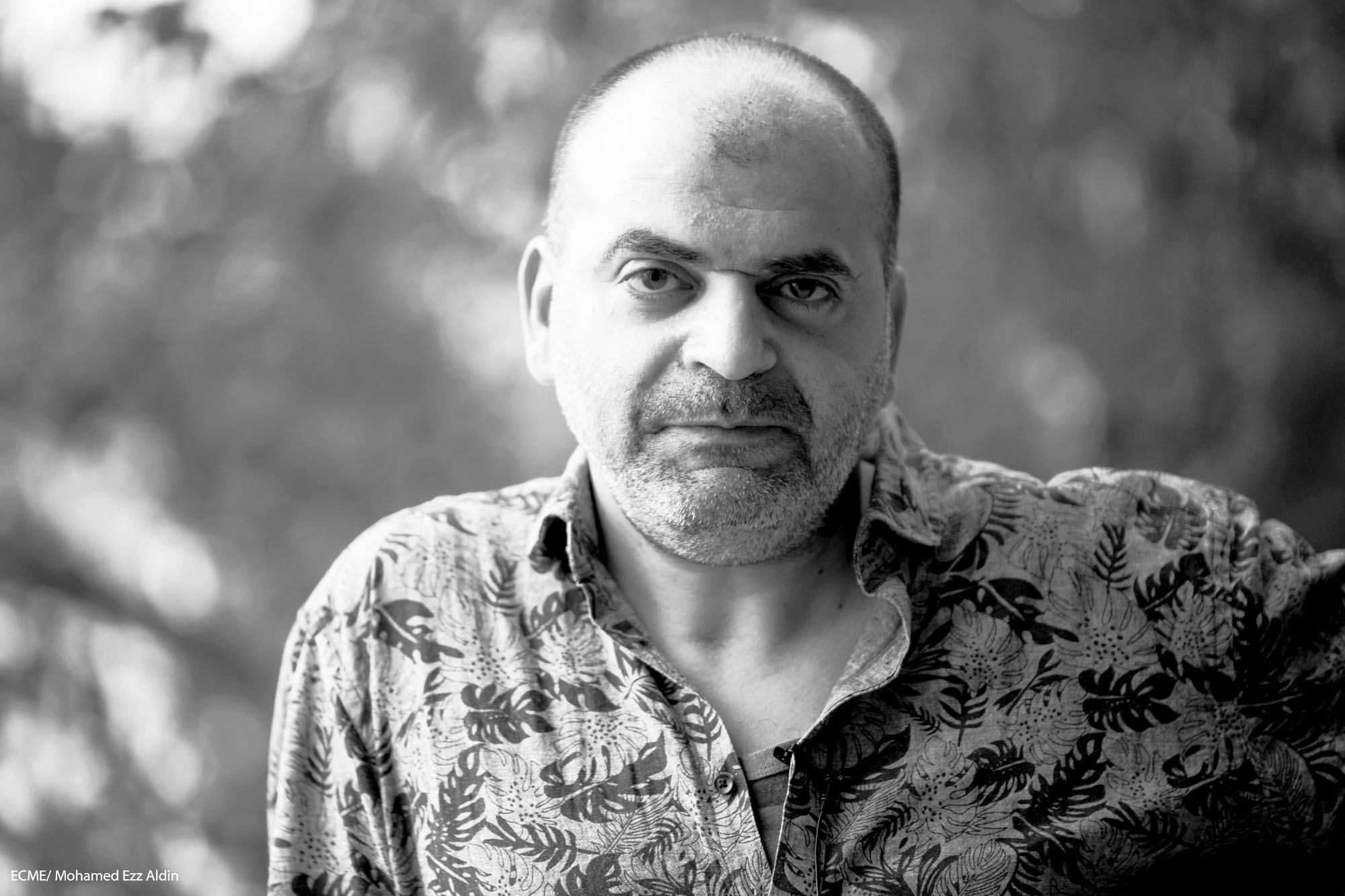
Amr Okba: The Sun Rises After the Rain
Orchestration: for Orchestra
Duration: 11'
"Sun rises after rain" encapsulates Beethoven's profound commentary on his monumental 5th symphony. It symbolizes a journey of tremendous accomplishments entwined with relentless struggles against destiny, adversity, and obstacles. Throughout this musical journey , we experience exhilarating instances of strength and pride, intertwined with poignant moments of suffering and despair. There are also occasions when we encounter our own vulnerabilities and contemplate surrendering to the challenges we face. However, amidst the ebb and flow, the ultimate goal remains resplendent and vibrant, serving as an unwavering source of motivation to persevere.
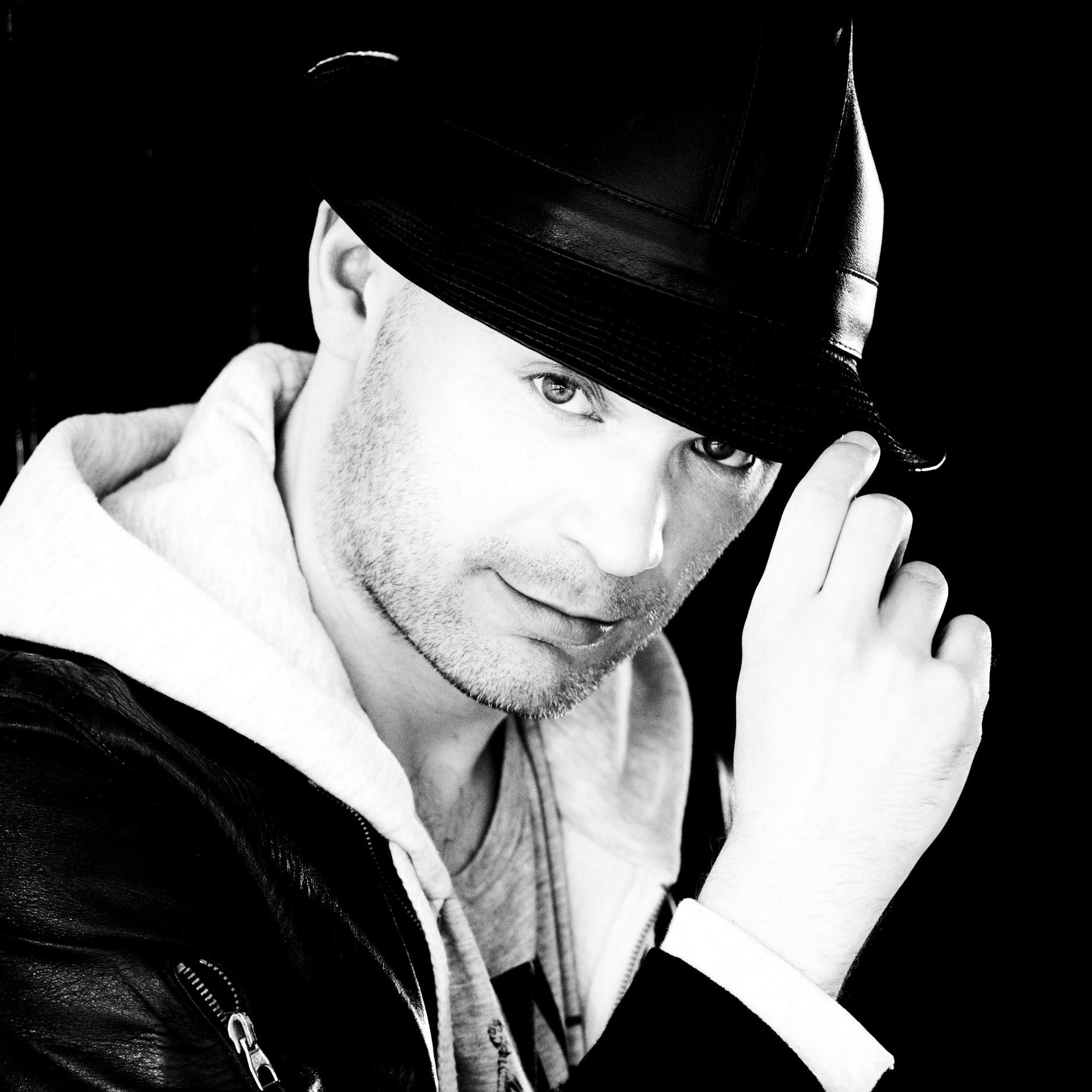
Mihael Paar: Little Christmas Fantasy
Orchestration: for clarinet in Bb
Duration: 3'
The version for two clarinets of highly successful Little Christmas Fantasy for clarinet solo featuring a large scale of performing techniques, virtuoso writing and a rockabilly-style chorus. Even more attractive than the solo version, this duo is highly rewarding and represents a showpiece in the repertoire as well as desirable contribution to the festive concert programming.
Please note that the music has to be purchased twice if the clarinetists are not playing from the same score.

Akmal Parwez: Ring, Happy Bells! for SATB & Piano
Orchestration: for mixed choir
Duration: 4'
Mixed Chorus with Piano accompaniment, of Ring out the Old, Ring in the New by the English poet-laureate Alfred, Lord Tennyson.
Appropriate for Christmas, New Year's, and other festive occasions and new beginnings.

Andreas Pflüger: Schneeige Nacht
Orchestration: for soprano, violoncello, flute and piano
Duration: 7'
Trakl's poems, and thus also in these short fragments, already contain a great deal of music and sound from the very expressive, aquch oracular language. It was my task to find this in the text and write it down.
Trakl's experience is like a mirror image and fills the whole space, which is always to be rediscovered like the space in a mirror.
to be discovered anew.... similar to a mirror image.
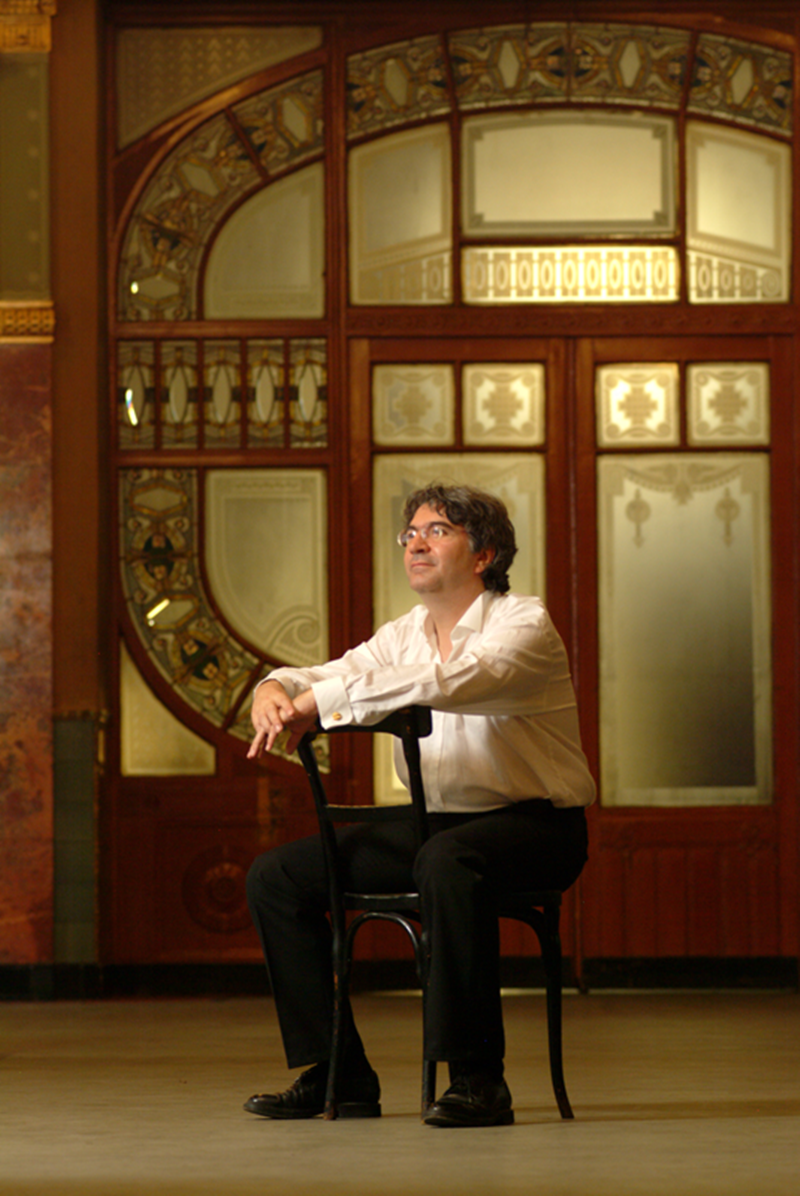
Marco De Prosperis: O Divine Redeemer Sacral Song for Orchestra and high Voice
Orchestration: for high voice, violin, violoncello and Orchestra
Duration: 4'
Sacred Aria composed by Charles Gounod, one of his last works. Tha Aria has a distinctly operatic character and this orchestration supports a full, operatic singing.The Work is suitable for performances in special large sacred concerts such as Christmas operatic Evenings and would be a part of a repertoire with Opera Singer accompanied by a full Orchestra.This version is apposite for Mezzo, Soprano and Tenor
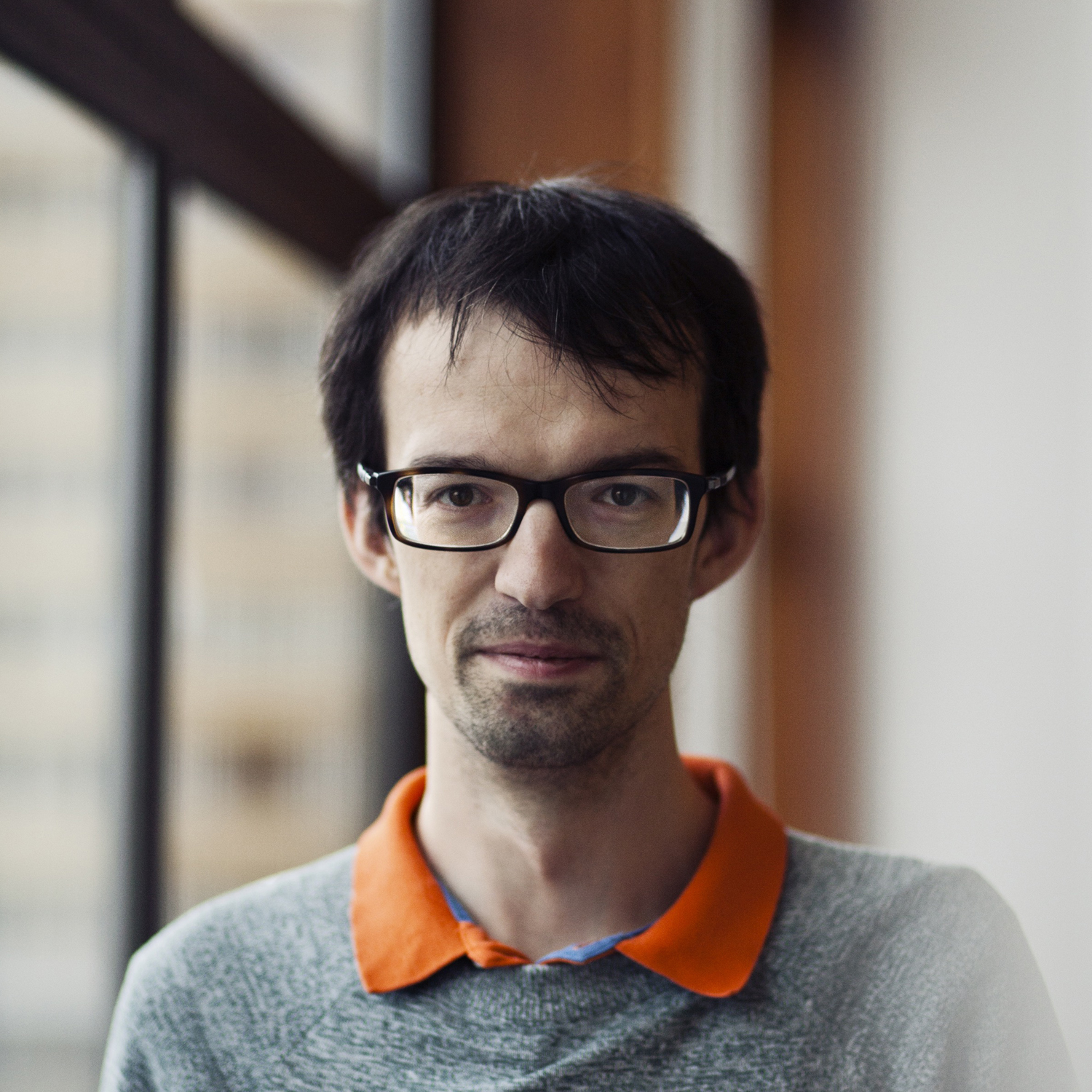
Christoph Renhart: Marley's Ghost
Orchestration: for baritone and Ensemble (10+ players)
Duration: 12'
«Marley was dead: to begin with.» Thus Charles Dickens begins one of his most famous narratives, the name of which literally means ‹a Christmas song›. Dead, or let‘s better call it well-worn, copybook and totally hackneyed by being cinematized a little bit too often, is basically everything today, which comes close to brushing against this advent faerie tale that has been pancaked so very often in order to fit into any TV show where Bill Murray might appear. Why, this being the case, starting here?
Christmas comes back every year, come hell or high water. As dead as old Marley may appear—that is to say «dead as a door-nail»—as vitally he is still haunting ubiquitously as a ghost. The world has been most ardous ever since and of all things it‘s Christmas when we expect even the grumpiest fellows to come in with apparent brouhaha of felicity. In the middle of the mess the big guns are hauled out: bell-roars, glistening candlelight-beflickered straw stars and an e‘en celestial haze of pathos and liquorice. All humbug!
In my music one can hear all the ingredients of the humbug merged in such a way that a dramaturgical course arises out of it. This pathway runs along selected passages from Dickens‘s novel. The narrator eventually turns into the ghost of his own figure.
«Marley‘s Ghost» was composed in 2017 for the baritone Georg Klimbacher and the pianist Andreas Fröschl, who premiered the piece in the same year at Vienna‘s Arnold Schoenberg Center. I wrote the version for baritone and ensemble in the spring of 2020. The orchestration means a recreation in many regards: A differentiation in layers of tonal colours led to new harmonic illuminations or to compositional proliferations. A major challenge was the translation of those shades into an orchestral language which had already been delineated by the use of inside-the-piano techniques. The realisation of the extended version of «Dickens‘s humbug» was essentially inspired by Morgana Petrik, whom this version is cordially dedicated.

Timo Ruskeepää: Christmas preparations for Choir and Orchestra
Orchestration: for mixed choir and Orchestra
Duration: 7'
Christmas preparations for Choir and Orchestra.
Duration about 7 minutes.
There is also a piano version of this piece called Christmas preparations for Choir and Piano.
Optional percussion.

Timo Ruskeepää: Christmas Tableau
Orchestration: for children's choir, horn in F and 4× Wagner tuba
Duration: 15'
Piece for Horn and four Wagner Tubas (2 Tenorwagner Tubas in Bb and 2 Basswagner Tubas in F).
Optional Children's Choir / Elf Choir.
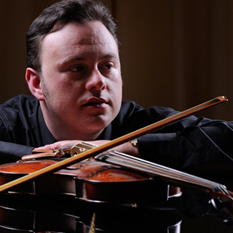
Gabriele Saro: Missa Solemnis "In Gloria Dei"
Orchestration: for mixed choir and Orchestra
Duration: 37'
5th SWISS INTERNATIONAL MUSIC COMPETITION 2023 - 1° PRIZE
2nd SWISS INTERNATIONAL MUSIC COMPETITION 2022 - 1° PRIZE
GLOBAL MUSIC AWARDS 2020 - WINNER
INTERNATIONAL COMPOSITION COMPETITION "M. RAVEL" 2018 - HONOURABLE MENTION, FIRST PLACE FOR THE NATION ITALY
Gabriele Saro, irreprobative talent and free spirit. His vast, lameme production is the figure of an artistic personality who does not shy away from the incessant challenge towards talking horizons... and in 2017 he completed "MISSA SOLEMNIS "IN GLORIA DEI" FOR CHOIR, ORGAN AND ORCHESTRA": opera trinùzia, since it marries the broad celebratory, the lyrical and the severe. Ineradicable my approach with the composer when I attended the "live" performance of the opera: Gabriele Saro, inexplicably, immediately forced me to look for reference points to which I would stick in an attempt to classify it. But why was I in this state of constriction for his sacral composition? I had to take advantage of the experience to assault me: only those who prove to be a refined composer make you oblige, initially, to "this research". And so, abandoning what could perhaps be mere curiosity, without further delay, healthily capitulating, I recognized his exquisite, accurate, fine identity.
"MISSA SOLEMNIS "IN GLORIA DEI"...»... not only the "Mediterranean" character of the score but also the arrangement of the "elements" that make up the composition, enhance the relationship with religion, a bursting, nanny, prosperous relationship and also full of trepidance... trepidation like Kyrie: subdued "openness" as if it were being born from an indescribable silent heart of the earth.
Freshness and liveliness in the vocal expression and the tonal tablet of the orchestra: it seems a model of big-screen direction, totally suasive for any peremptor, from the most competent to the most neophyte. Slow "slips" destroy the heart that is in full swing when the aura of ancient crosses it; a fervent dawn discovers your chest when harmony takes on the outspoken late-romantic flavor; a vulcanal wind crosses you when the "head" invades the orchestra; the majestic lashes you, lifes you... notes overflowing with all wealth that seem waiting for our amazement to leap into it like festive springs. The voices, perfectly adapted to their roles and saro's virtuosic writing, go hand in hand with the rigorous sound tightness: indeed, maestro Gabriele, draws a reading of great expressive power.
One cannot but pay attention to two robust and true elements in the Imaginative Saroiano: persuasive effectiveness and feeric vision. The interpreter who will be going to face this eternal value of Saro, will therefore have to grasp and evoke the strong and authentic elements of him: if the interpreter believes in the feelings of candidness, elevation and spirituality that this work presupposes, worthy of trust will also be his interpretation.
Gabriele Saro lives in the sign of fluent communication with the public on all continents.
CLAUDIO GARDENAL

Gabriele Saro: The Magic Of Christmas
Orchestration: for children's choir, violin, violoncello, flute, oboe, horn in F and glockenspiel
Duration: 33'
How does “The Magic Of Christmas” see the light? The Hollywood tutor of the "Music Interval Theory Academy" in Los Angeles, a master prepared to transmit the gifts of music, decides to put down roots in Vienna as well and, from there, calls Saro... "the compositional technique" and then calls the master Gabriele Saro in that of Vienna. The "yes" of adhesion is immediate: music is his natural profession, what he feels born for, and its immeasurable, very deep underwater fault, with pure water and voluptuous reflections, captivates him ... swallows him without rest. Gabriele returns and promptly gets to work because one of his dreams has found the impact with the reality he was looking for: the magic of Christmas has come to the longed-for encounter with its possibilities. Realized the dream, he offers me the ciddì saying: «A gift to the world». After careful, meticulous listening, I can and would like to declare: «“The Magic Of Christmas”, by Gabriele Saro, is the essential gift of nostalgia to the modern world… nostalgia for something else… nostalgia for Another». The ten songs reworked by him live on fluid melodic lines above the tempo, supported by confidential, gentle arrangements, of a pure, subtle grace. For his part, times are elegant and prudent. We must convince ourselves that simplicity is never a simple thing: as in life, even in art, authentic masterpieces are characterized by harmony and proportion. In "The Magic Of Christmas" Saro's simplicity is unity, it is coherence: only truly great people can be simple. Gabriele Saro is a man, a composer, an artist who goes straight to the goal, knows what he wants and his gaze always points to the essence of things. By refusing the large orchestra, he has ensured that the seven instruments and the light and diaphanous chorus can listen to each other, converse, bring to us the value of purity... or, better to say, the bliss proper to transparency which is undoubtedly that of purity of the whole being: that is, the clearness, the transparency of the whole person who has eliminated the waste, the shadows, the opacities and becomes clear crystal that reflects the authentic image of God. I smile meditating: «Because every passage has clear, bright, the result of precise choices that shun any heaviness or darkening, Gabriele Saro's Christmas offers us precisely this unprecedented surprise: we were waiting for an inexorable judge... and a child has arrived...».
Claudio Gardenal
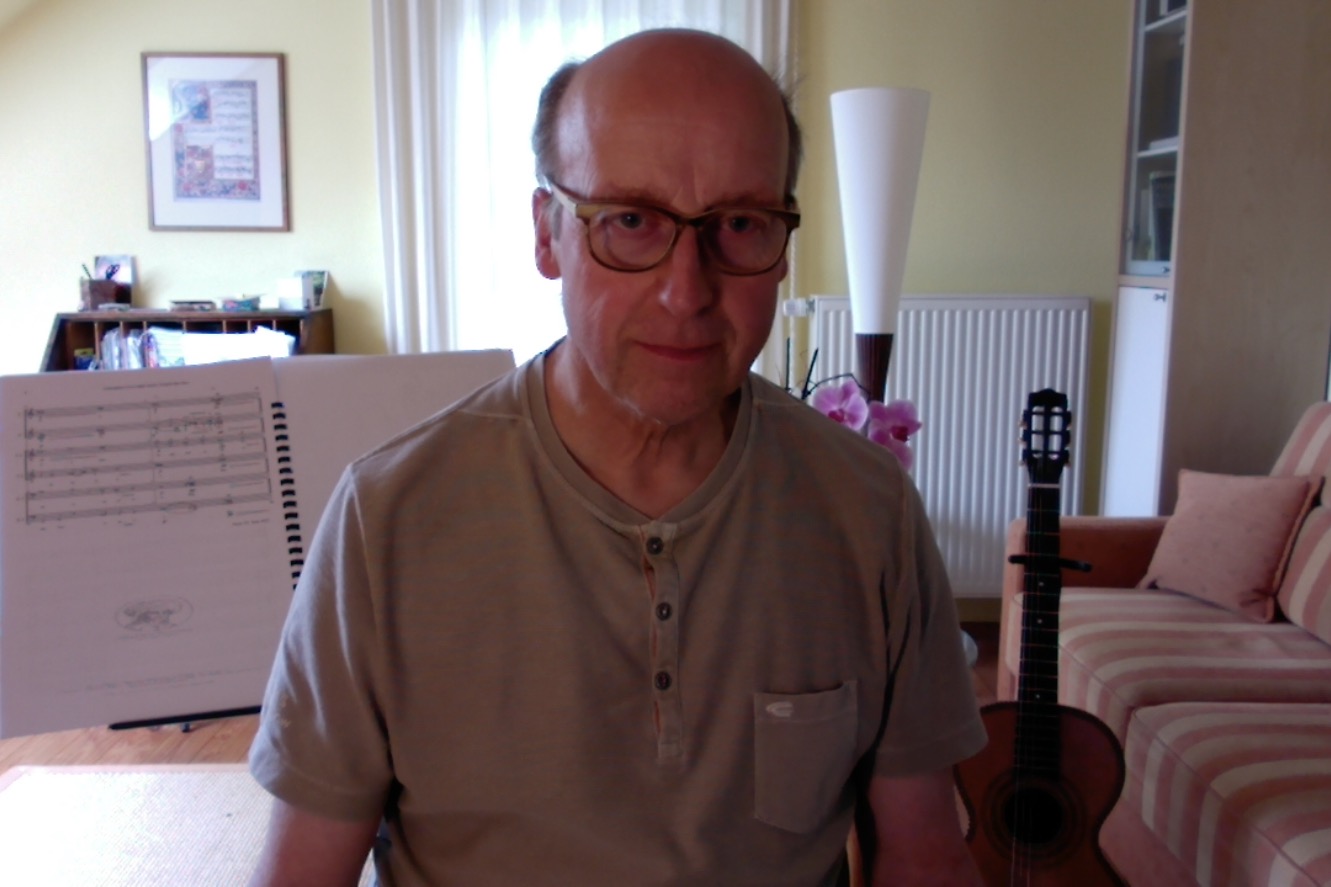
Jörg Schnepel: Visionis III über "Stille Nacht, heilige Nacht"
Orchestration: for organ
Duration: 10'
Visionis III über "Stille Nacht, heilige Nacht"
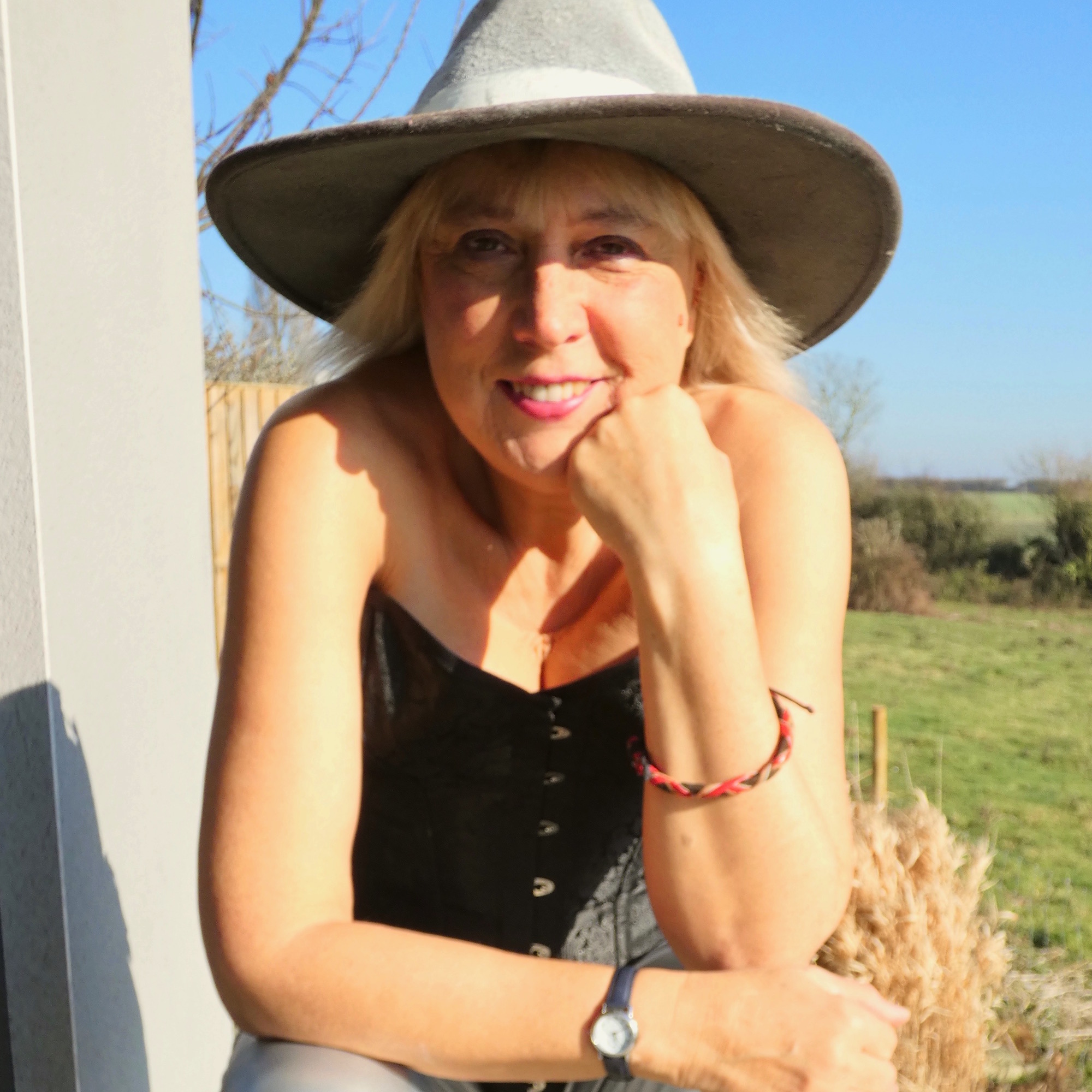
Dr Susannah Self: Gaudete, gaudete!
Orchestration: for mixed choir
Duration: 4'
Gaudete, gaudete! is a sacred Christmas carol thought to have been composed
in the 16th century. It was published in 'Piae Cantiones' , a collection of Finnish/ Swedish sacred songs in 1582. The Latin text is a typical medieval song of praise which I have reflected by incorporating a sequence of mild charismatic dissonances evolving through shifting modalities. The singing level for Gaudete, gaudete! is intermediate.
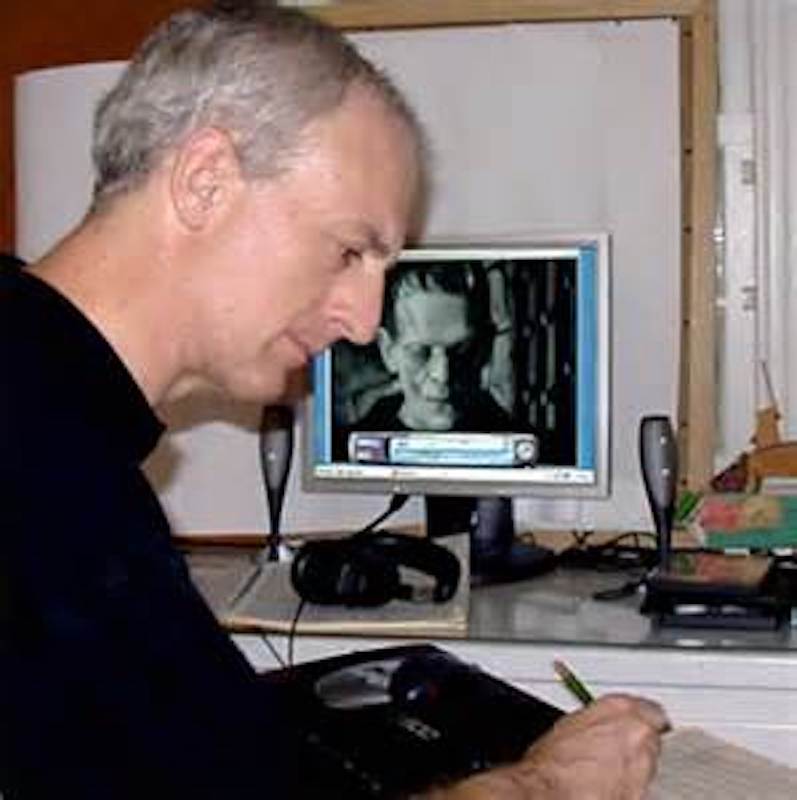
Michael Shapiro: Creation for piano
Orchestration: for piano
Duration: 5'
Creation for solo piano is a work of contemplation and fulfillment. It can certainly be viewed as inspired by the description in the Bible of the beginning of all things. It can also be thought of as the start of beauty and inspiration.
Creation depicts how things reach out and become something other than as they were when first conceived. Creation is a work pointing to the infinite and never completing. From the impetus of creativity comes creation.
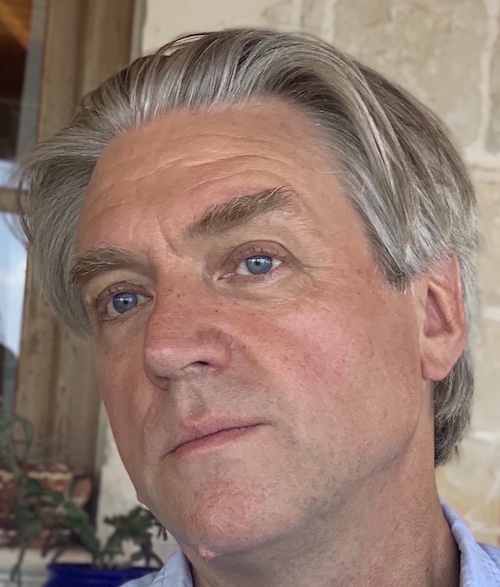
Tom Smail: In the bleak midwinter
Orchestration: for mixed choir
Duration: 4'
I have always loved Christina Rossetti's words - they are the essence of Christmas - and have long wanted to set them to my own music. Here it is.
Commissioned by the choir of St. George's, Hanover Square, it was premièred by them in December 2011.

Randall Snyder: Variations on Greensleeves for brass quintet
Orchestration: for horn in F, 2× trumpet in Bb, trombone and tuba
Duration: 7'
"Greensleeves" is a traditional English folk song. A broadside ballad by "A Newe Northen Dittye of ye Ladye Greene Sleves" was registered by Richard Jones at the London Stationers' Company in September 1580. In 1865, William Dix added words to the tune, and "What Child Is This?" became a Christmas carol.
This music, originally composed in 1965 under the title ""Variations on a Folk Tune" ,was revised in 2013, The piece consists a theme, played in 7/4 time, followed by five variations of greatly contrasting nature.
The piece last around 7 and a half minutes.

Mateo Soto: Winter Music
Orchestration: for flute, oboe, clarinet in Bb, bass clarinet in Bb, bassoon, alto saxophone in Eb, horn in F, trumpet in Bb and trombone
Duration: 6'
Winter Music for wind ensemble is composed in a single movement and it has a rhythmic and minimalist character. Its main elements are seventh intervals, pedal notes, strokes and ascending scales.
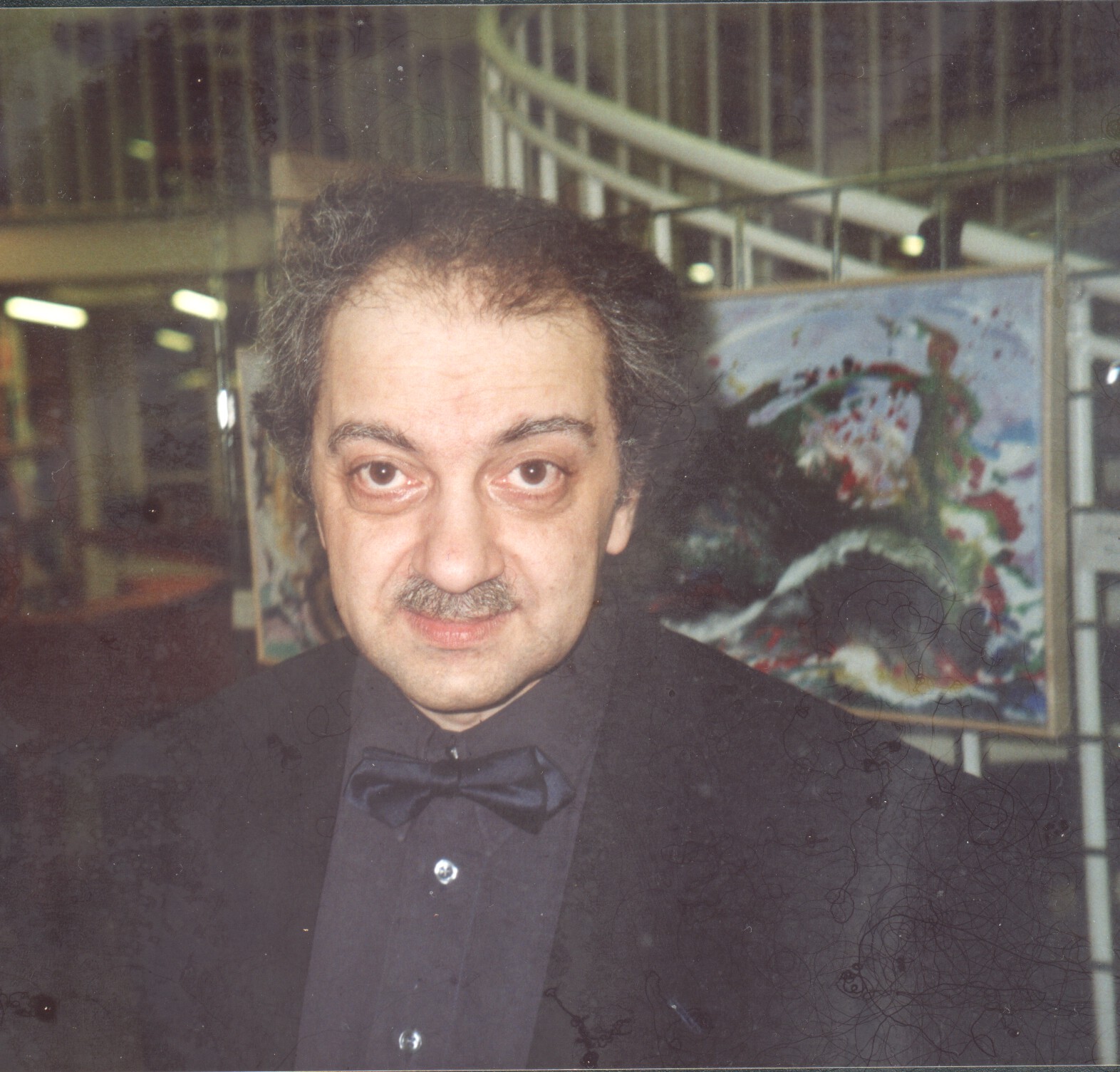
Dimos Stephanidis: "SOUVENIRS" - Tom the Cat
Orchestration: for piano
Duration: 18'
I always loved watching cartoons as a child. At that time, in Greece, television was limited to two channels and so I came to enjoy cartoons at Christmas time and during school holidays. I loved watching films with Tom and Jerry and especially "The Cat Concerto". The idea for this piano cycle came from that film. The title "Souvenirs" must be understood as memories. In this case, memories from childhood. The cycle consists of twelve parts, whereby each part is not limited to a specific episode, but to several. The cycle is not about individual episodes, but about Tom and Jerry as a whole. The unlimited joy that comes from watching these little cartoons! For the pianist, it is important to know that this music is " Cat Music" and as such must be understood and played: A clear melody with an elegant, helpful and precise accompaniment as Maestro Tom would play it! By the way I still watch these films with the same pleasure!

William Susman: Living These Seasons
Orchestration: for mixed choir and piano
Duration: 11'
Living These Seasons is a setting of four poems by the composer's sister, Sue Susman: The Hot Days of Summer, Against an Autumn Sky, This Winter Light and, Until the Spring Tress Come Back.
The Hot Days of Summer
At night stars sprinkle the darkness and
the moon with the sky in her arms
smiles gently and glows.
Everything around her is light.
Below all is green and silent.
Only the sound of crickets singing the night to sleep.
And we dream that a dragon stands at the window looking in
breathing in darkness
breathing out fire.
Even the wind feels like fire
breathing the dragon's breath.
And the moon holds the sky in her arms
in her arms, in her arms,
in her arms.
Against an Autumn Sky
The leaves are returning to earth now
little pieces of red and yellow
like tiny sails floating in air, but
the tree doesn’t move.
It is anchored, stuck, fixed in its place.
And the leaves fall, sails puffing outward, wind blowing harder.
They are dying again now, becoming thin and brown,
coming apart as they have before
twisting and lonely against an autumn sky.
This Winter Light
So cold, this winter light
even the sky is white
like breath exhaled, the sleeping breath of a whole city
turning into steam in the frozen air
becoming this white blanket that covers the ground.
Earth will rest underneath covered like a sleeping child.
And in the Spring, when the ice flows,
She will awaken, turning,
always turning, into something better, into something new.
Let my prayer for love be a lullaby that comforts more than me.
Make my song as hopeful as birds that sing, even now,
when there is so little light.
Until the Spring Trees Come Back
The gray sky wants to darken the daylight,
pulling down the darkness
like a dirty window that is always closed.
Earth is covered with snow,
the frozen ground hard as rock.
Then the sky opens and rain melts the ice,
until the spring trees come back,
their fullness even richer.
Flowers are growing,
a full palette of color in light.
Even the clouds look beautiful now,
white and floating,
changing in air.
Copyright material from Sue Susman reprinted with kind permission.
© 2008, 2009 Sue Susman

Gebhard Ullmann: Impromptus und Interationen
Orchestration: for piano
Duration: 62'
In 2022/23 I wrote about 62 minutes of piano music entitled 'Impromptus und Interationen'.
12 Impromptus and 4 Interationen.
The Interationen are with preparations or/and are (partly) being played inside.
The work follows a certain dramaturgy.
Nevertheless other combinations, shorter versions, taking out the prepared piano Interationen - all this is possible.
For a concert due to the preparations and the removal of them it might be a good idea to begin with Interation #1.
CD RELEASE on Kairos Music performed by Vitalii Kyianytsia in 2024.

Andreas Urevsky: Christmas Market at Vienna City Hall Square
Orchestration: for Orchestra
Duration: 7'
This classical-romantic composition is part of the cycle for accordion + orchestra "A Symphonic Journey through Vienna" (2014 - 2022).
I wrote these pieces in an indefinite period of time when I kept discovering Vienna for myself.
The cycle "A symphonic journey through Vienna" is dedicated to the world cultural city, Vienna, in the following aspects:
- the accordion was invented and patented in Vienna. It is played as an equal instrument and as an integral part of the orchestra, where its timbre as well as its playing techniques are used.
- all pieces of the cycle are waltzes --> Vienna as the world capital of the waltz -> Johann Strauss
- each piece describes a landmark of Vienna, generally the world capital of classical music.
I thought the cycle was complete in 2022, but I was inspired by Vienna again in the years 2023 and 2024.
I created two more works that will be published in the near future. I am therefore leaving it open as to when this orchestral album
(dedicated to the city of Vienna) will finally be completed.
Symphonic journey through Vienna (2014 - ):
1. Reminiscence - the longing for Vienna (2014)
2. Beginning of spring in the Vienna Prater (2015)
3. Old barrel organ at Stephansplatz (2016)
4. A fairy tale from the Vienna Woods (2017)
5. In the Vienna city park, alone ... (2018)
6. At Maria-Theresien-Platz (2019)
7. An exhibition at the Albertina Museum (2019)
8. The sound colours of Schönbrunn Palace Park (2020)
9. In the Golden Hall of the Vienna Musikverein (2020)
10. Scenes at the Burgtheater (2020)
11. A festive opera ball reception at the Vienna State Opera (2021)
12. Sunset and Dawn on the Danube (2021)
13. White doves on Heldenplatz (2022)
14. Christmas market at Vienna City Hall Square (2023)
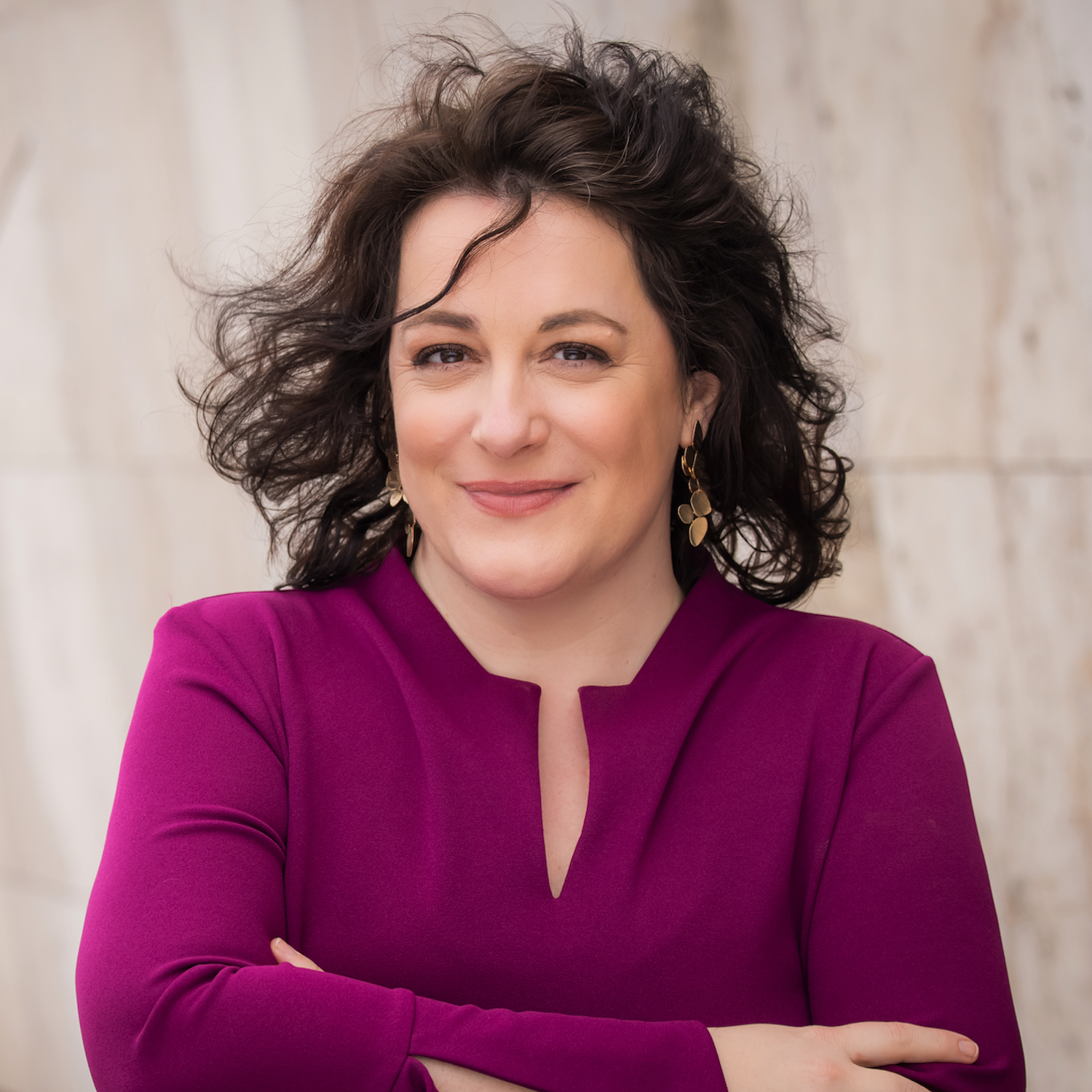
Judit Varga: Fenster
Orchestration: for violoncello, clarinet in Bb and piano
Duration: 20'
for Clarinet in Bb / Basset Horn, Violoncello, Piano
duration: approx. 12 x 90 sec (18-20 min)
commissioned by the Elbphilharmonie Hamburg
written for Trio Catch
In March 2020, the first Covid-19-induced lockdown began in Austria. At that moment, our previous life stopped abruptly and something completely new arrived for us. I interrupted all my compositional work from one day to the next and had the feeling that it was no longer relevant, as these compositions did not reflect reality.
For months I could not compose. The same idea kept haunting me: How do people live in lockdown? What happens in the apartments, in these isolated micro-worlds, which remain closed to us?
I composed the piece "Fenster" in December 2020 during the second lockdown in Austria. It is like a life-sized Advent calendar: We open twelve windows one after the other and look into the respective world behind them.
Each movement of the piece lasts 90 seconds – exactly as long as each window remains open. We can open the windows in any order. The choice and order of the movements are left to the musicians. Thus, the piece can be played in countless variations. The total duration varies from 90 seconds to 18 minutes.
The musicians probably find the greatest challenge in this piece in the representation of twelve worlds with extremely different characters and the creation of a large musical-dramaturgical arc over the entire piece.
composed: December 2020 Vienna
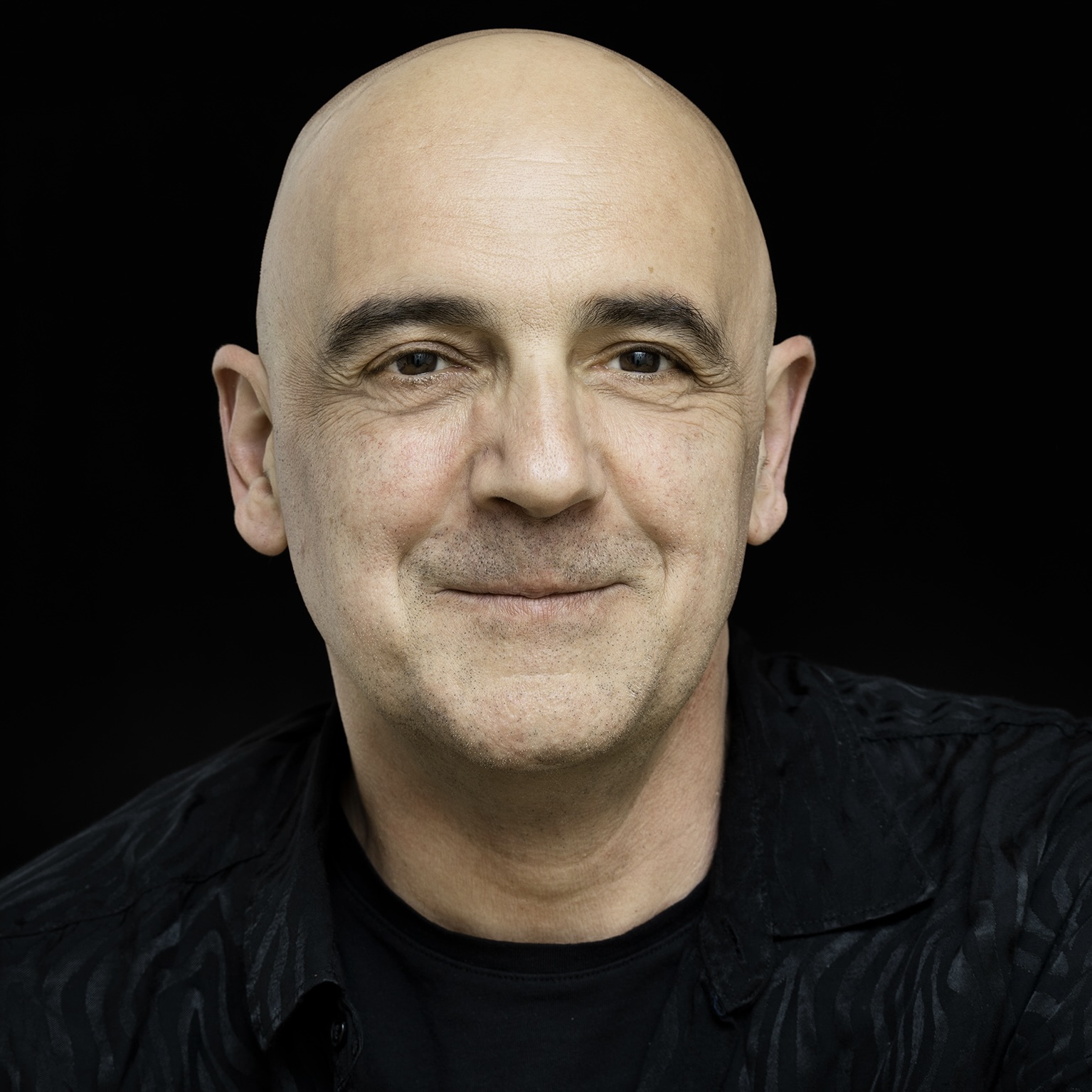
Peter WesenAuer: FOUR TRADITIONAL CHRISTMAS SONGS
Orchestration: for voice and Chamber Orchestra
Duration: 14'
4 Arrangements of traditional Christmas Songs for Voice and Chamber Orchestra
Es wird scho´ glei´ dumpa (Austria) (Instrumental)
I wonder as I wander (America) (Voice and Chamber Orchestra)
Still, still, still (Austria) (Voice and Chamber Orchestra)
Oh Bruada (Austria) (Voice and Chamber Orchestra)
